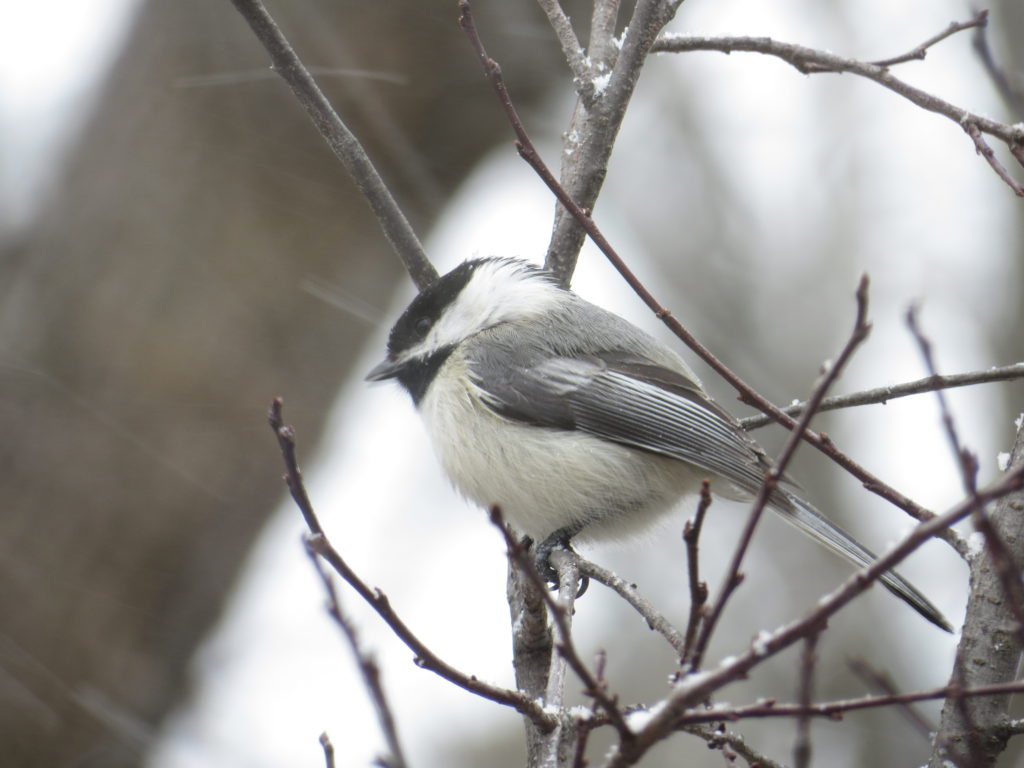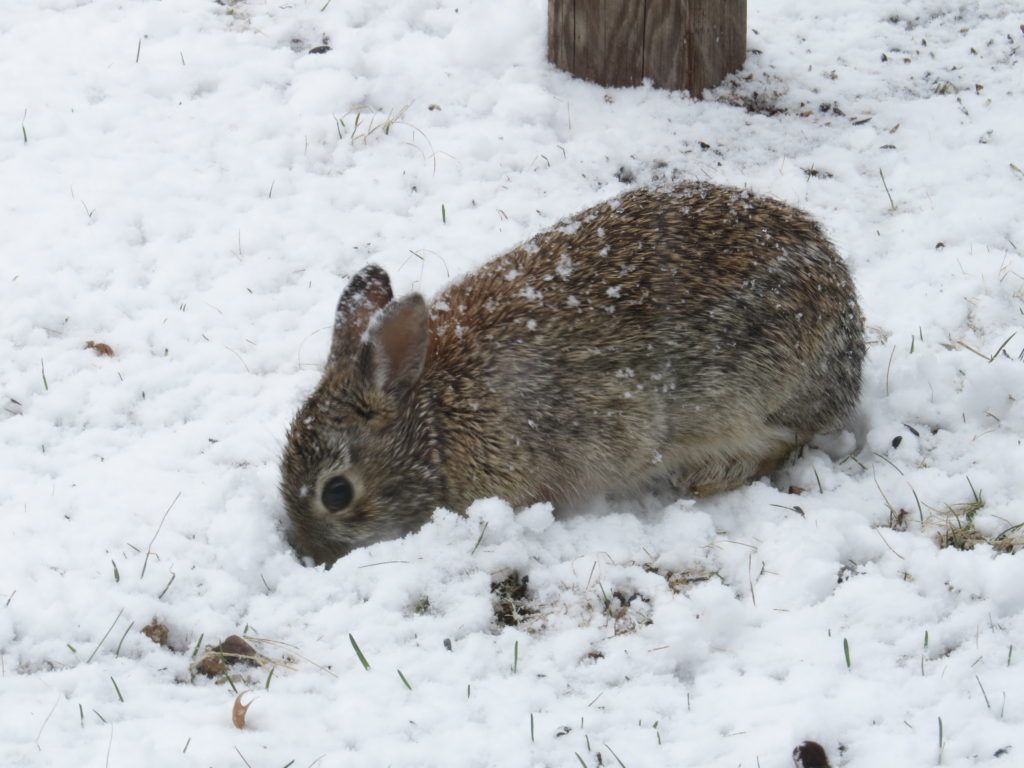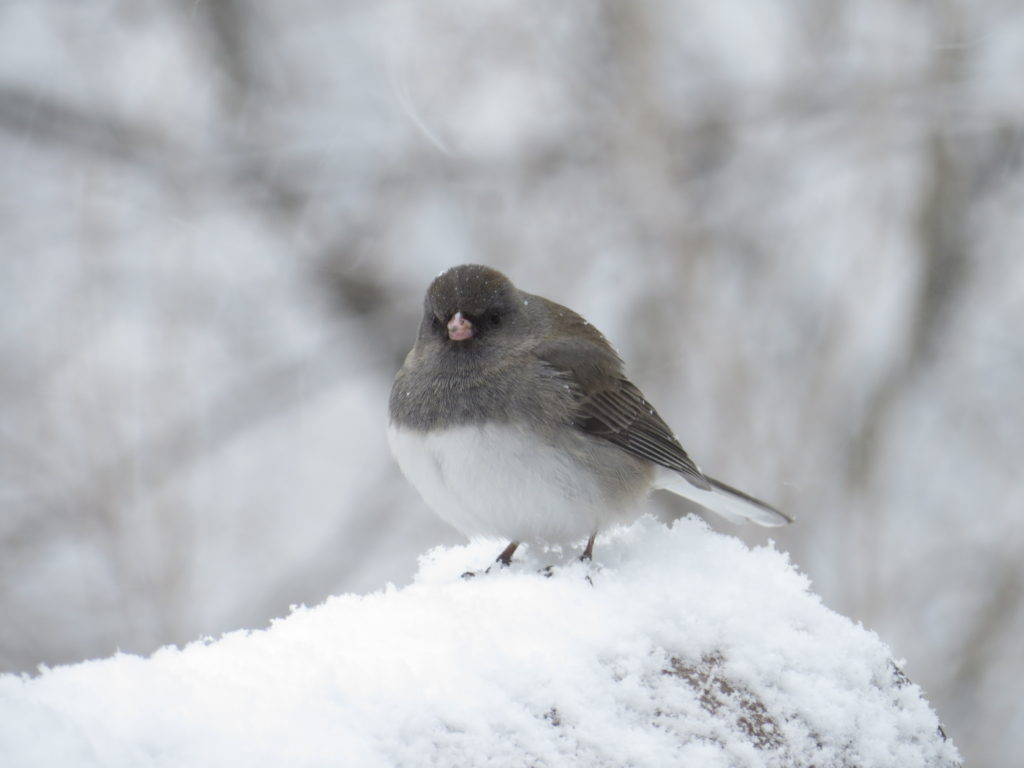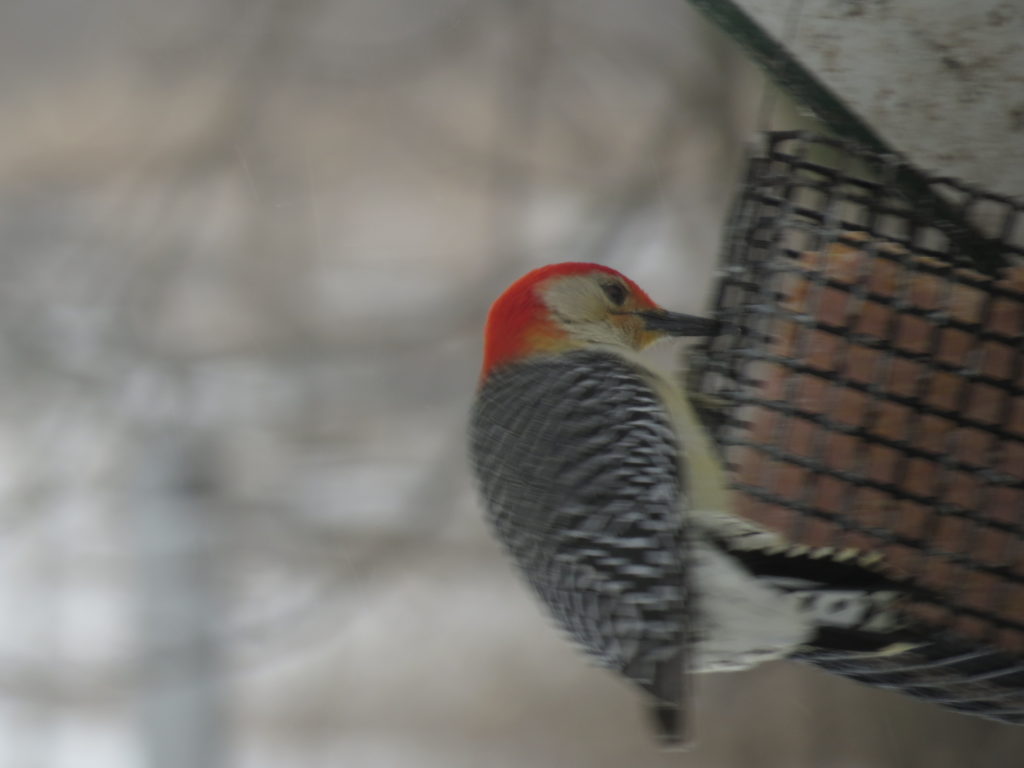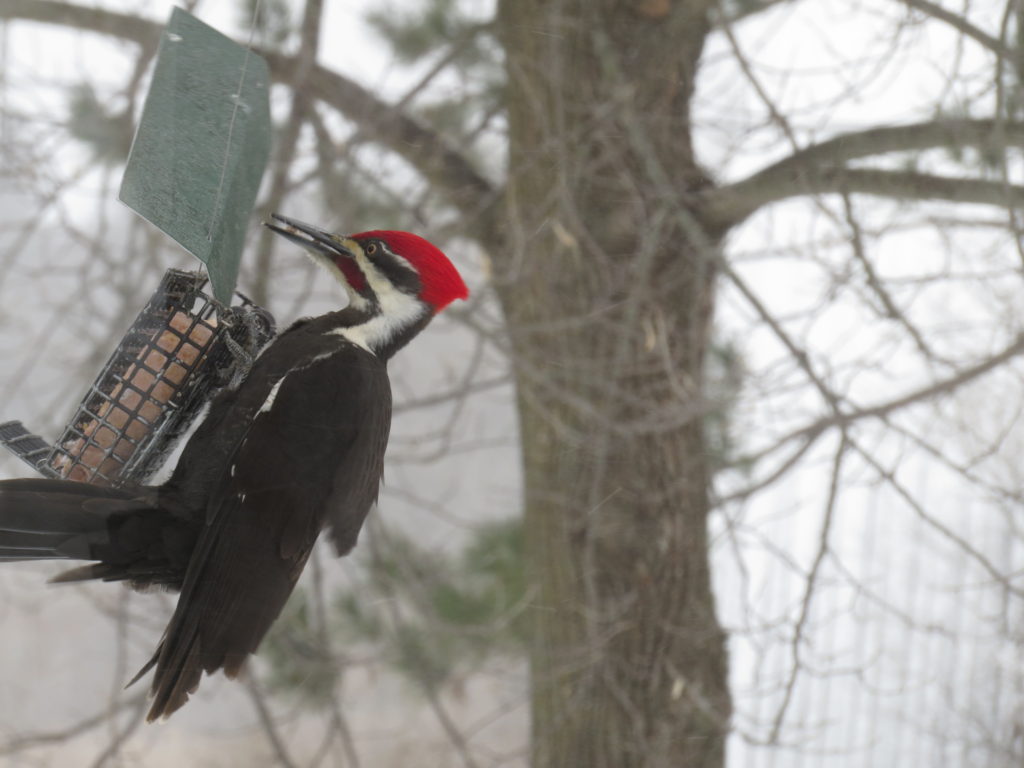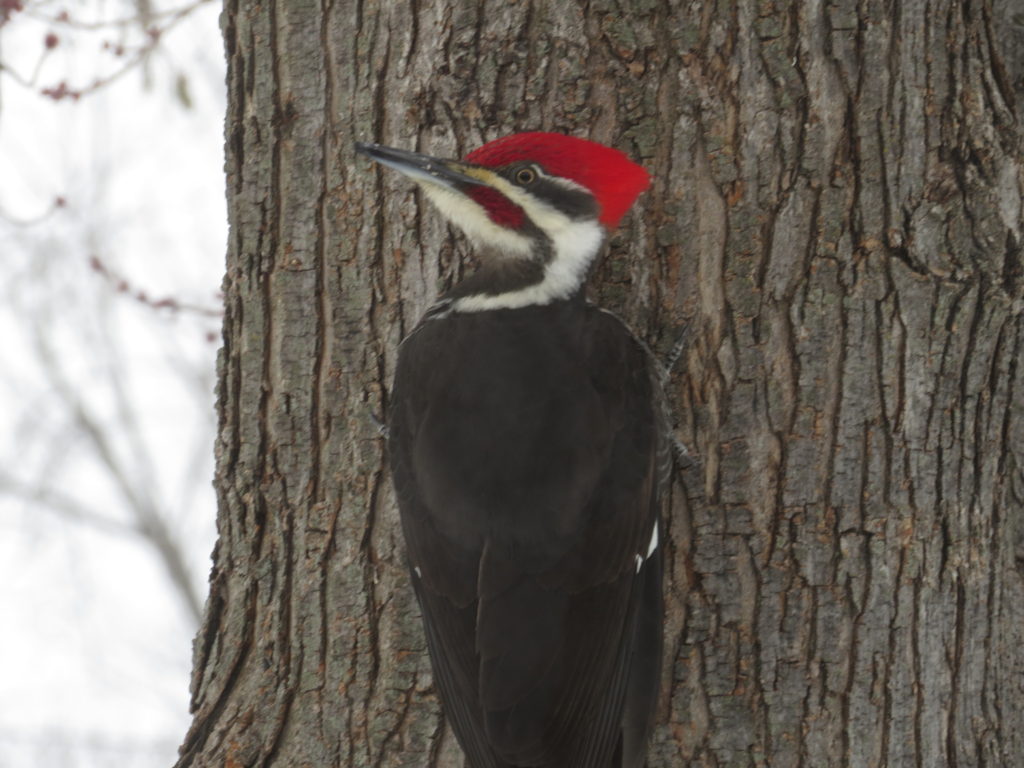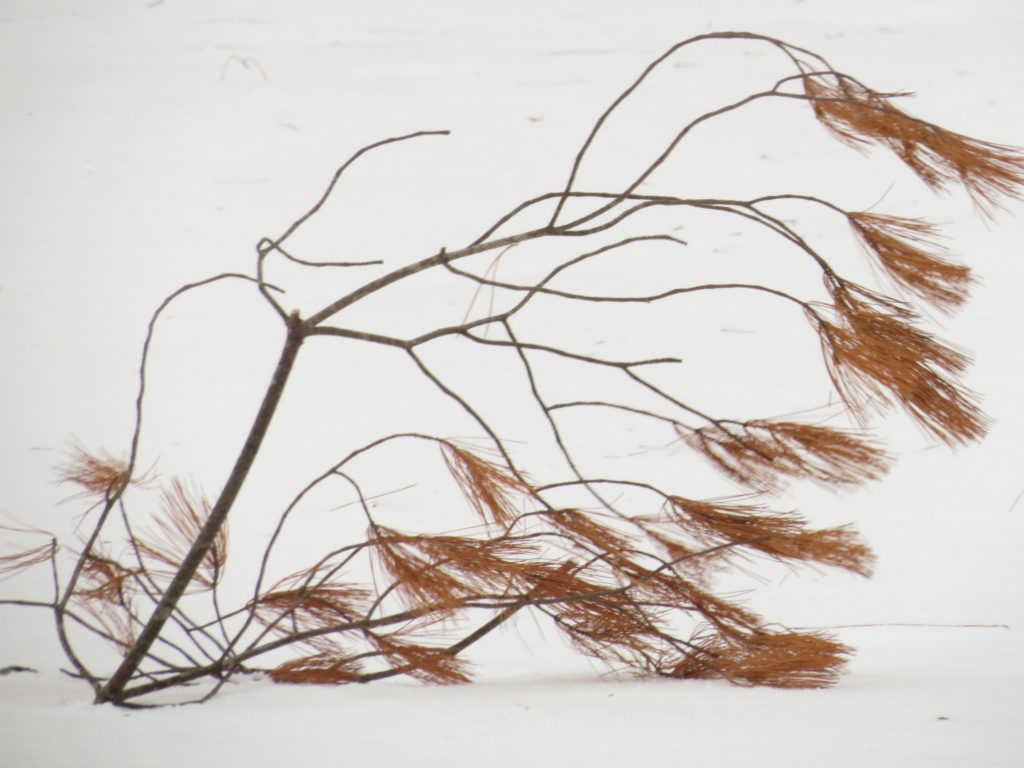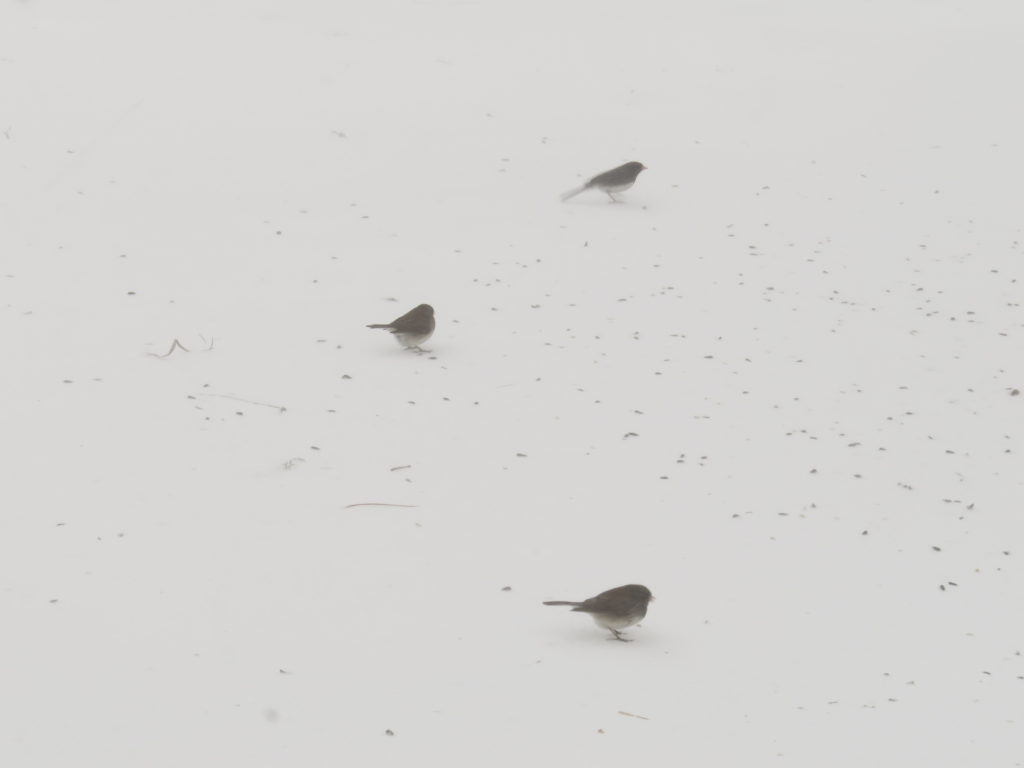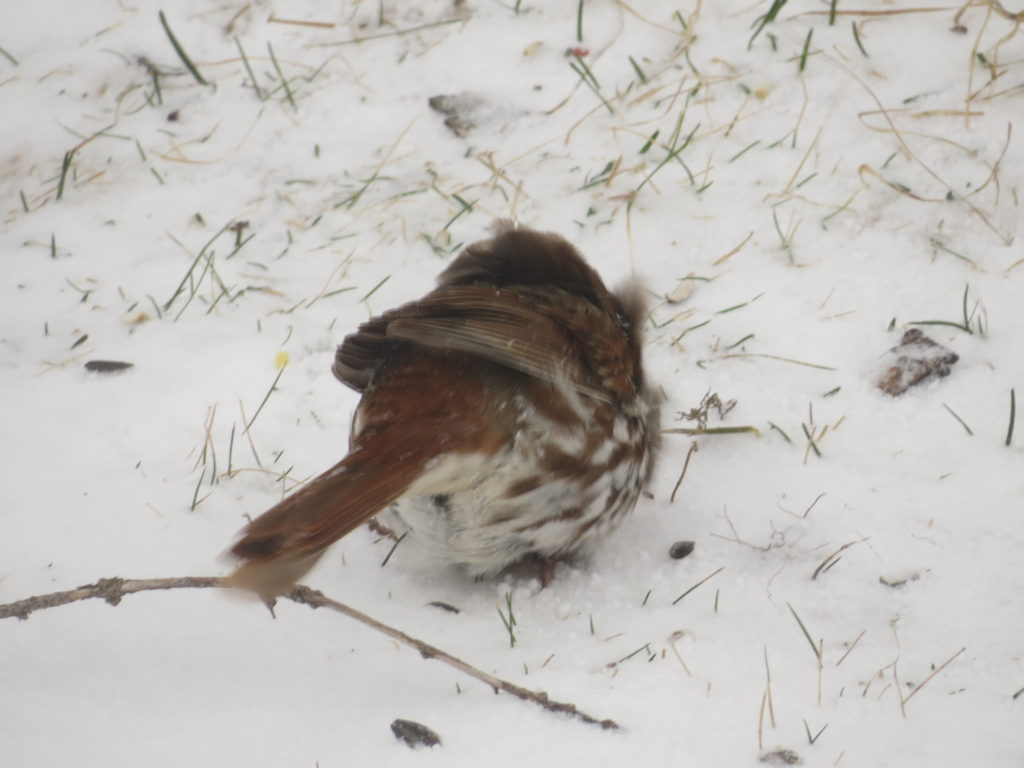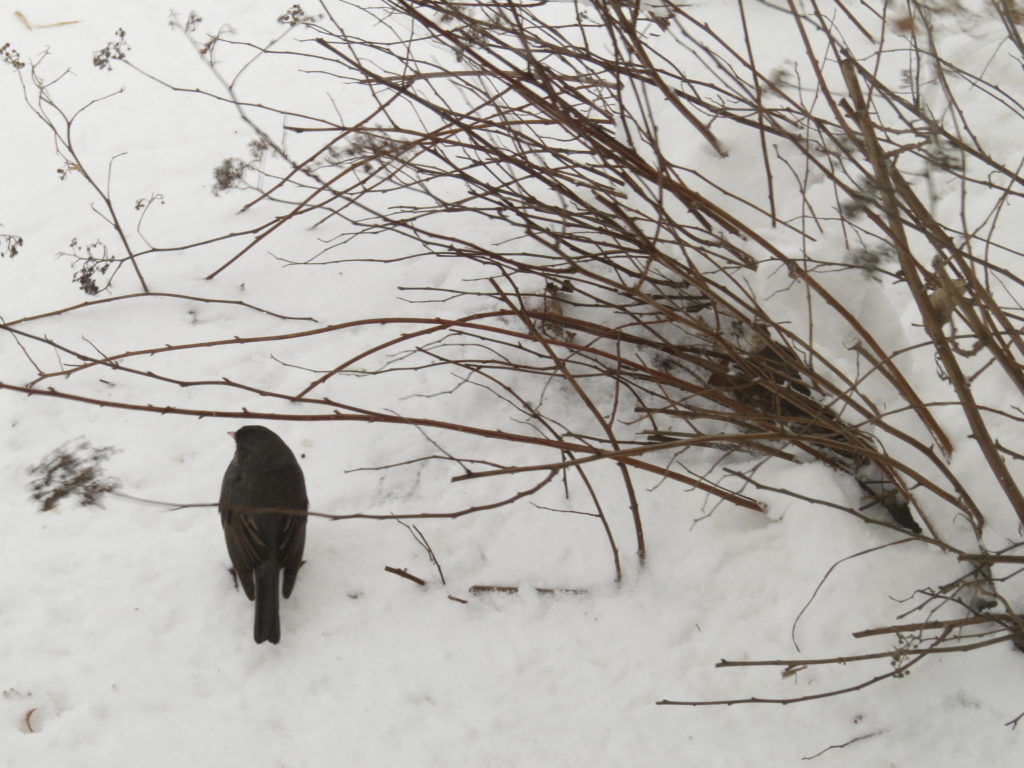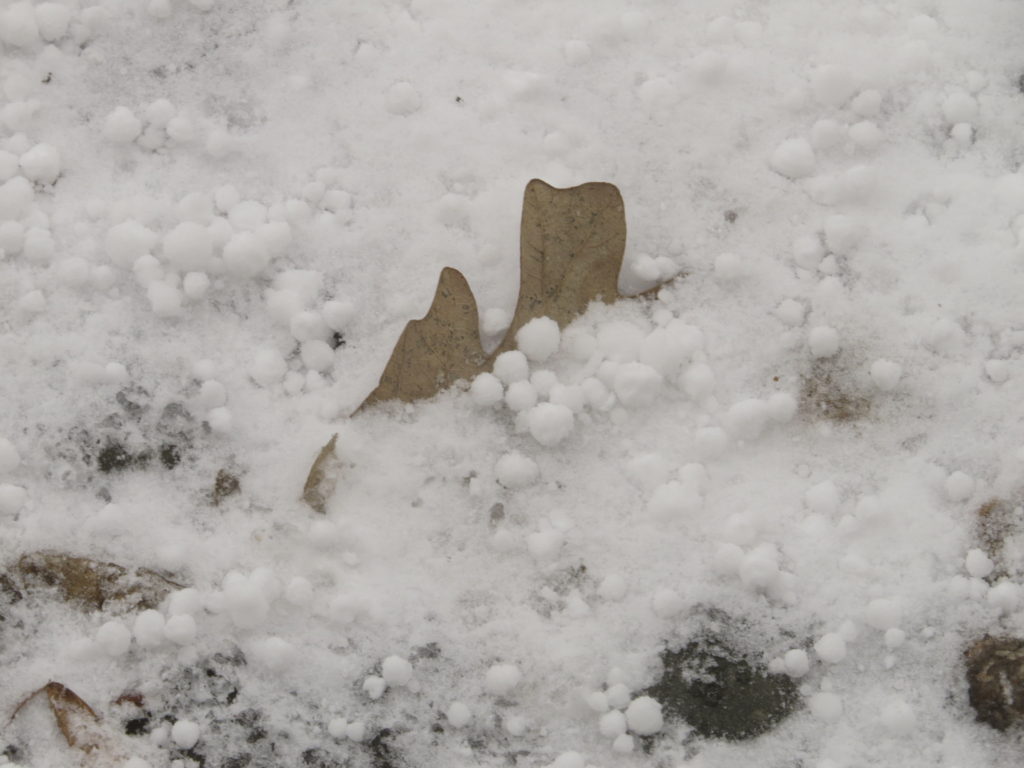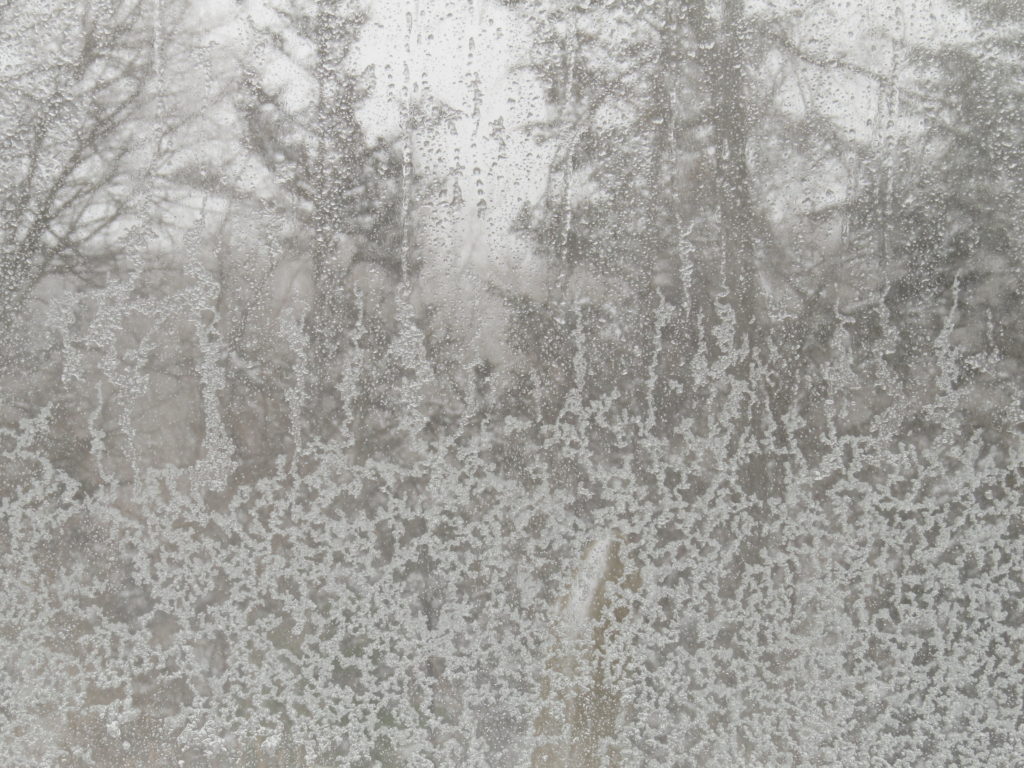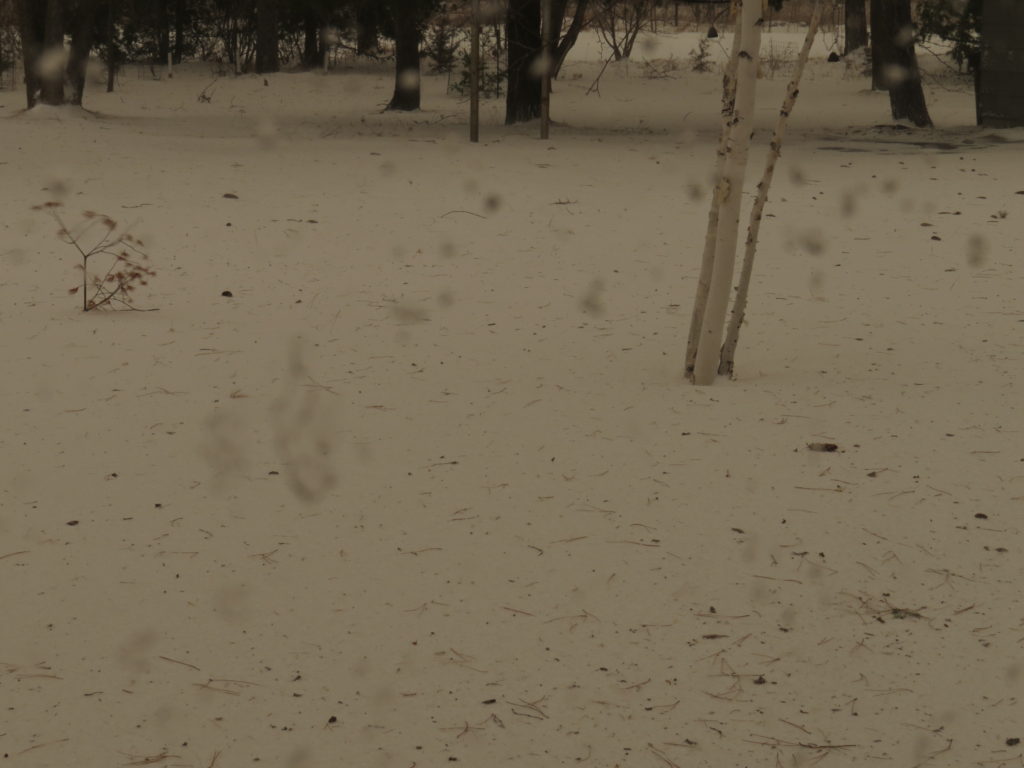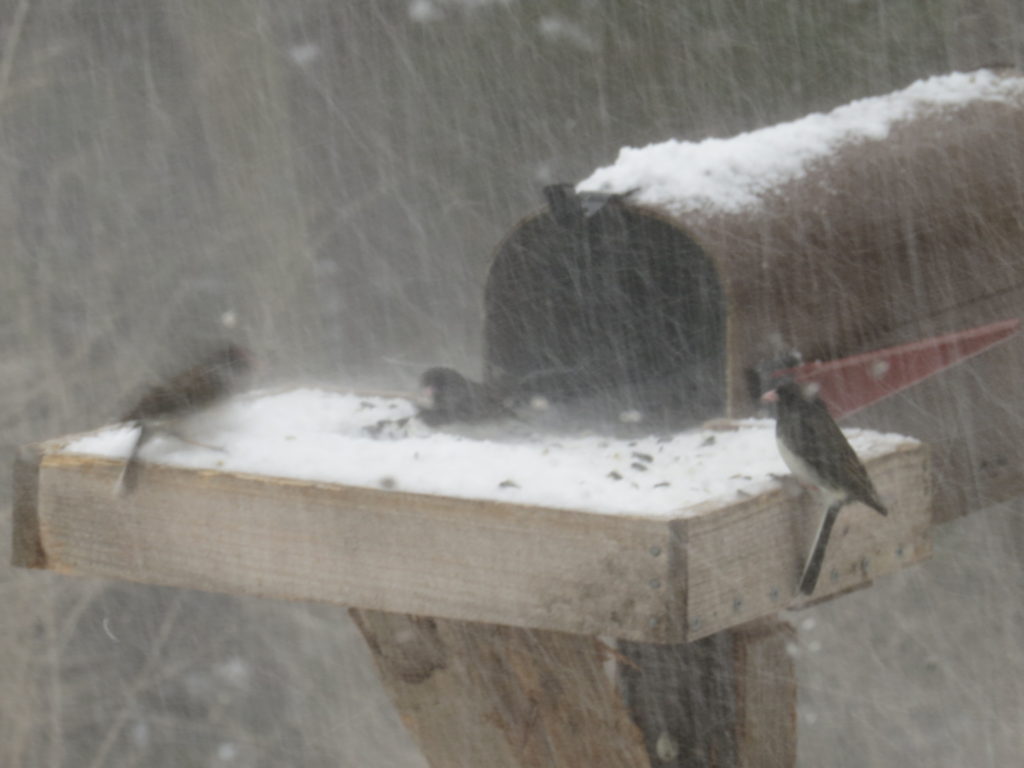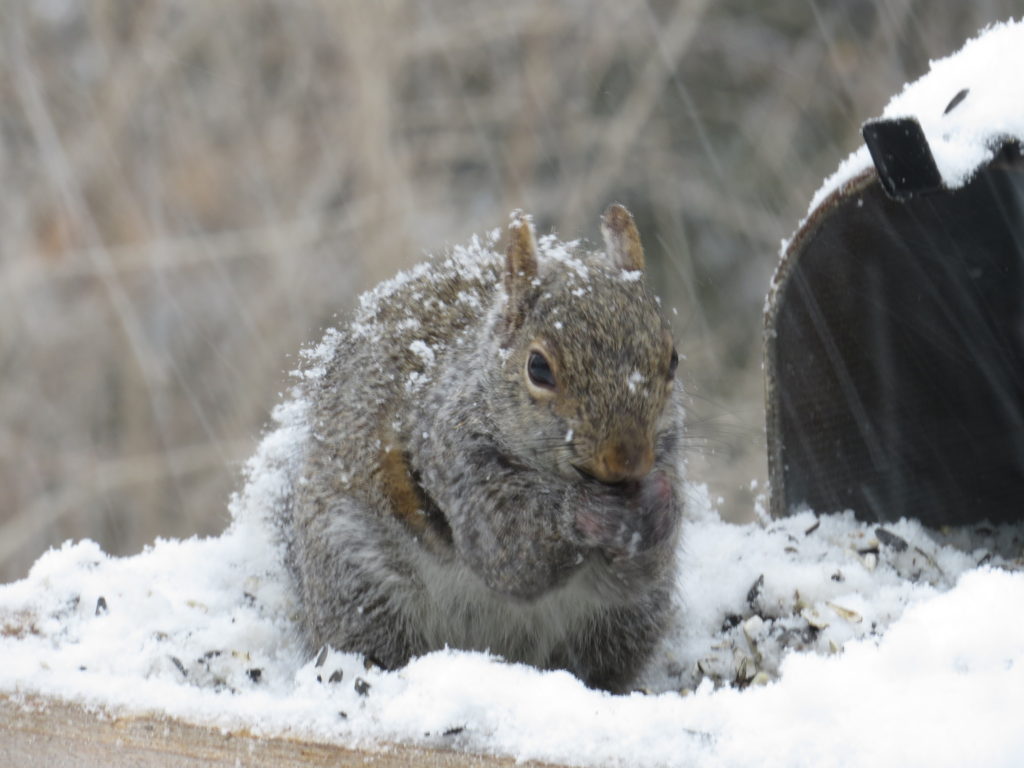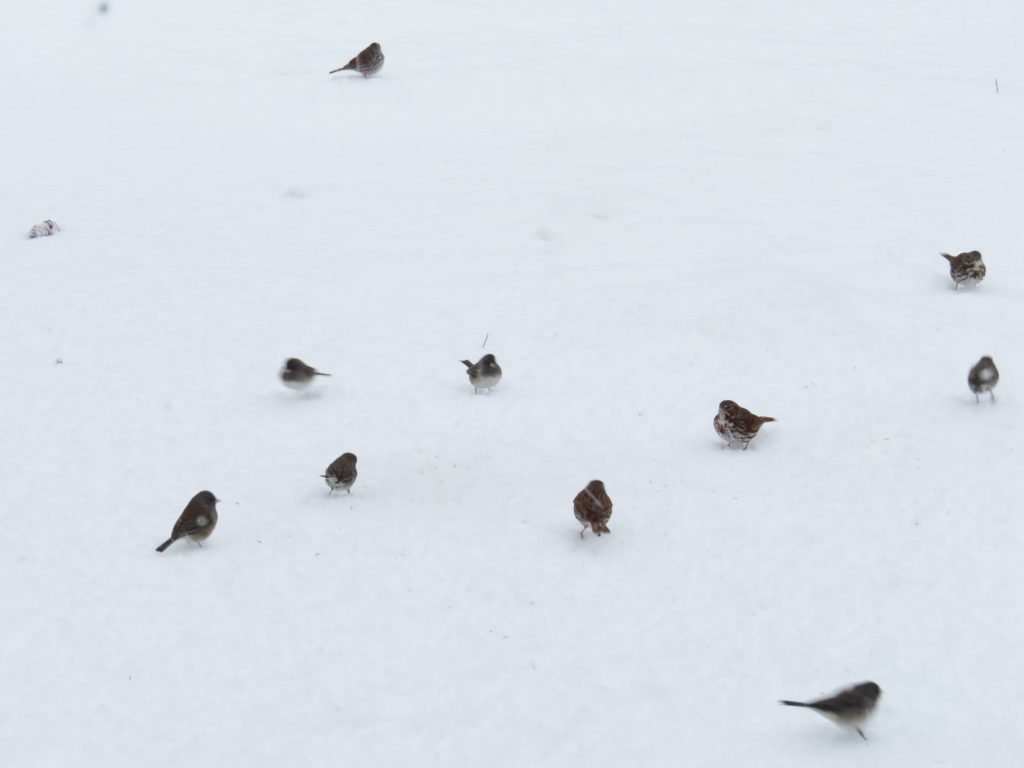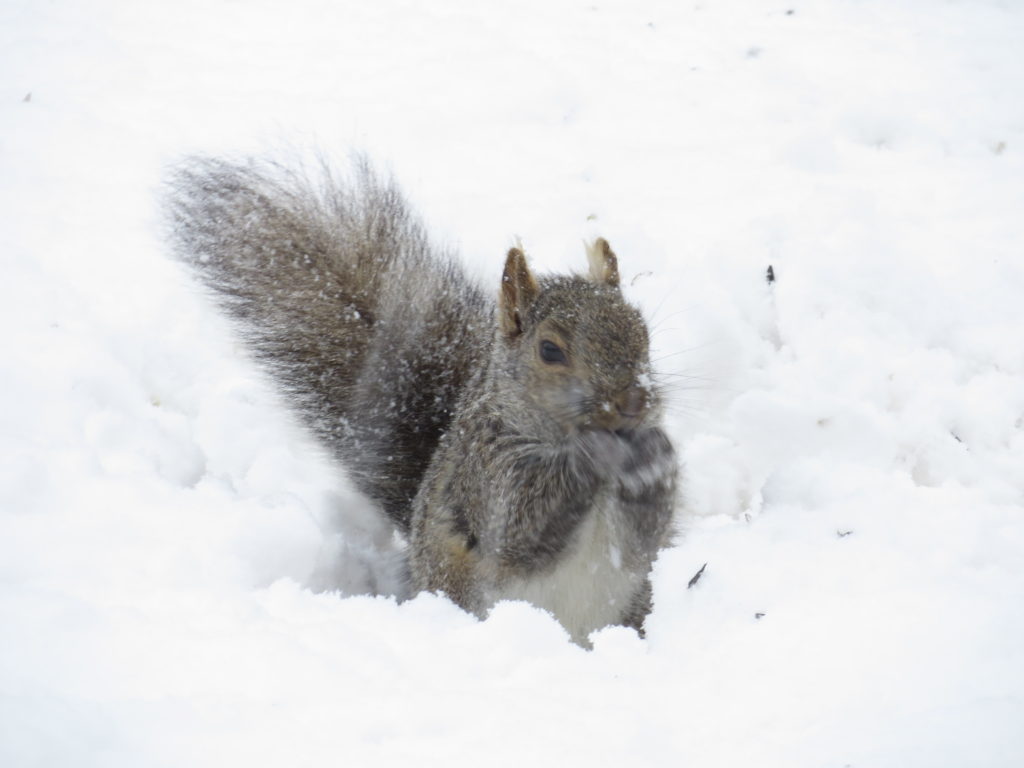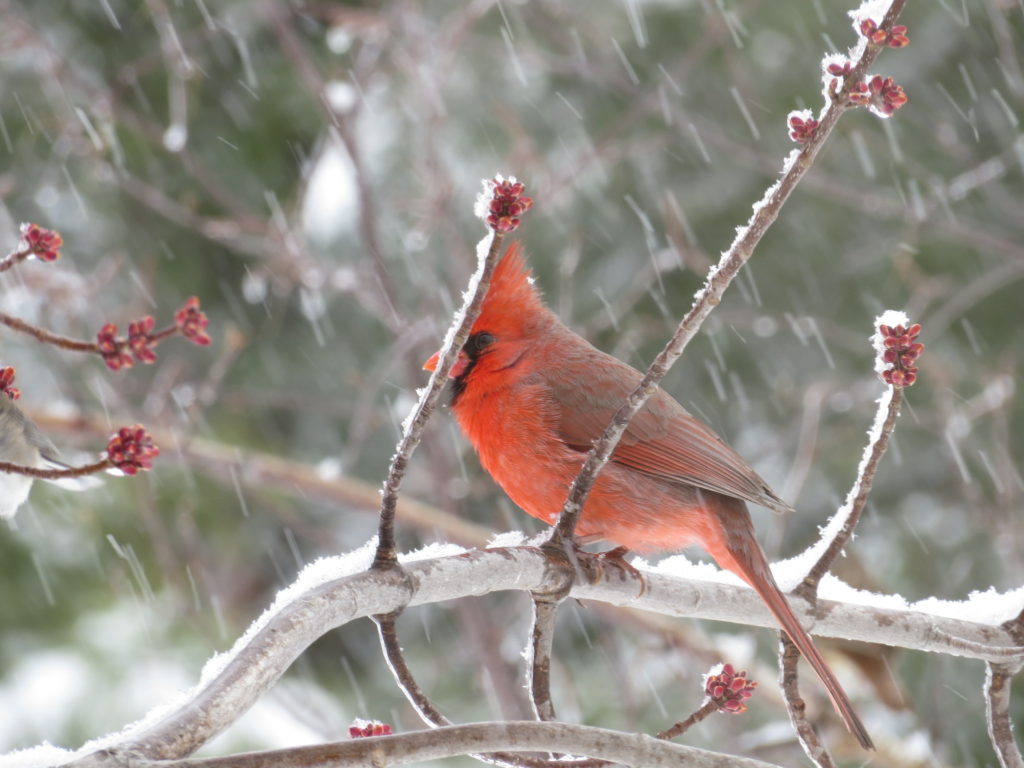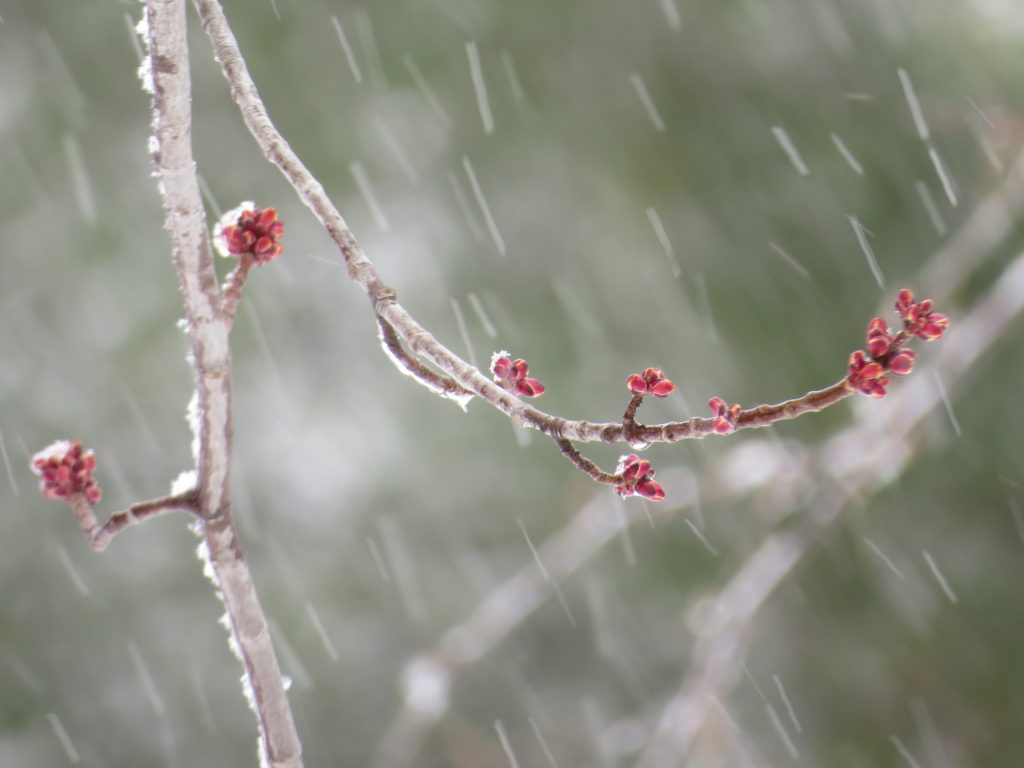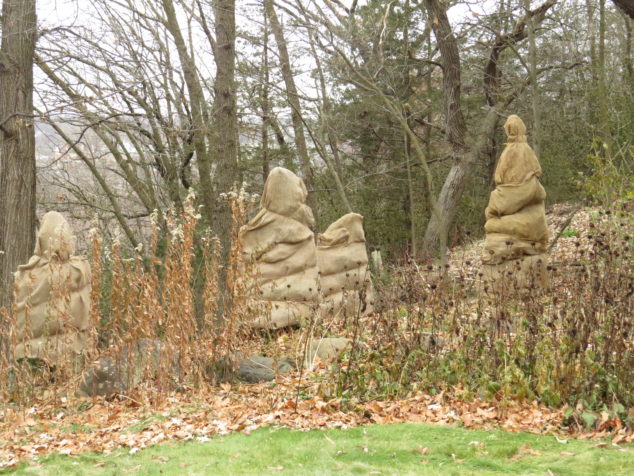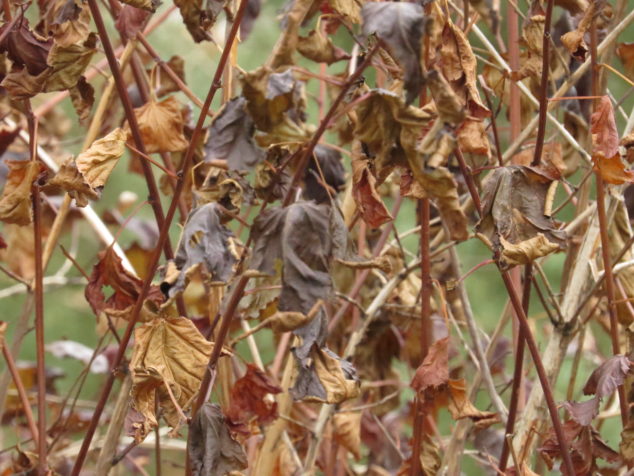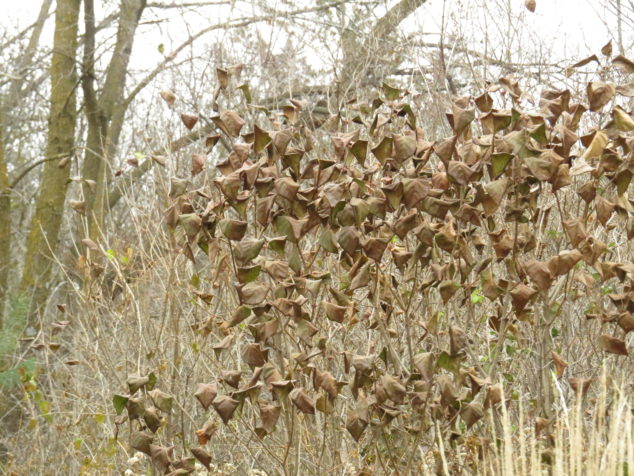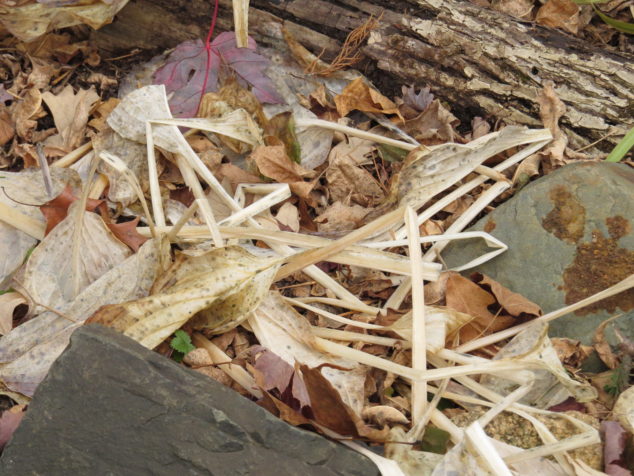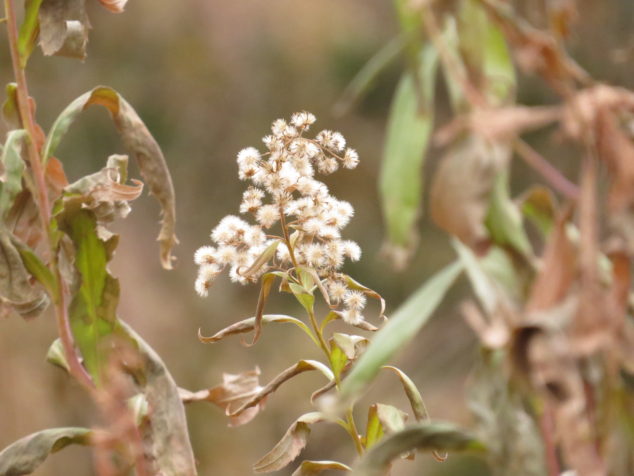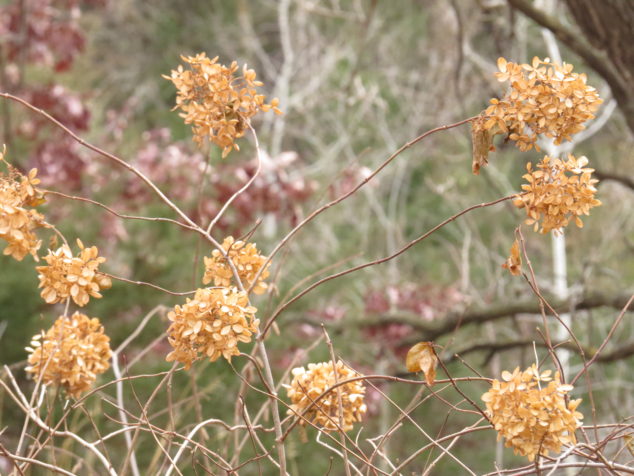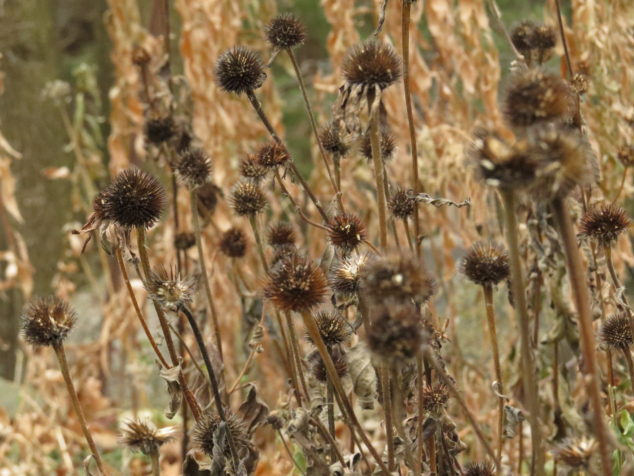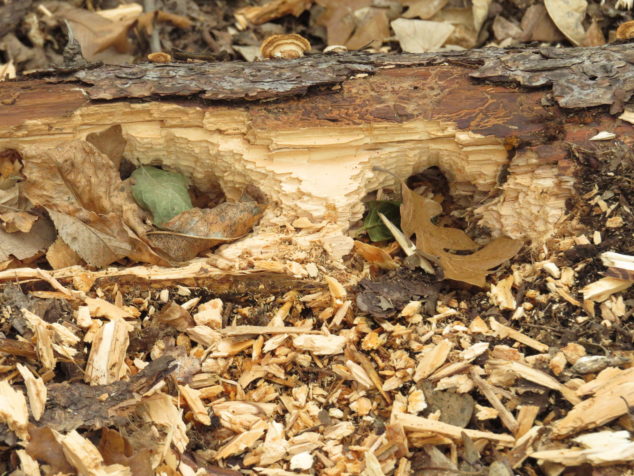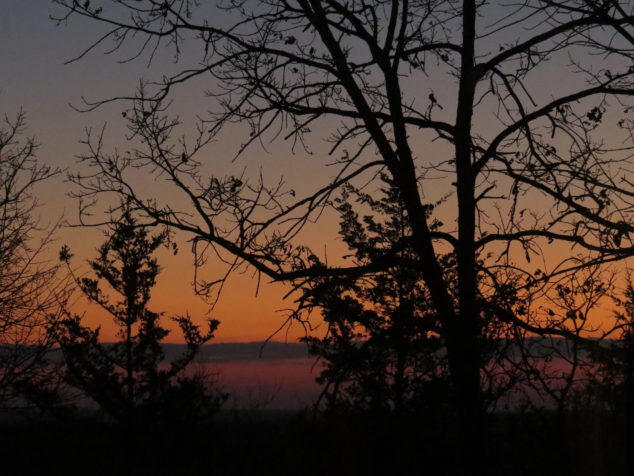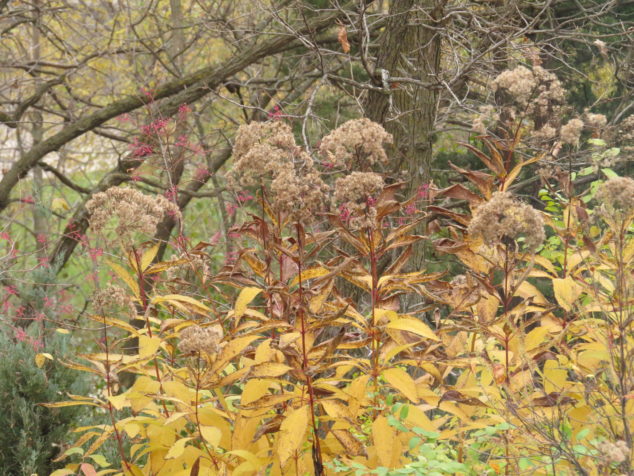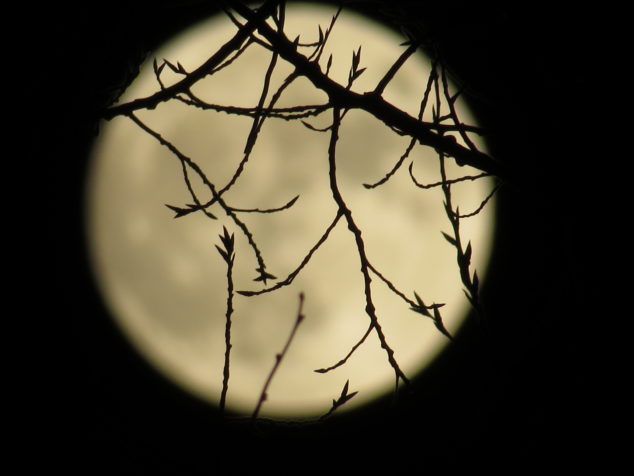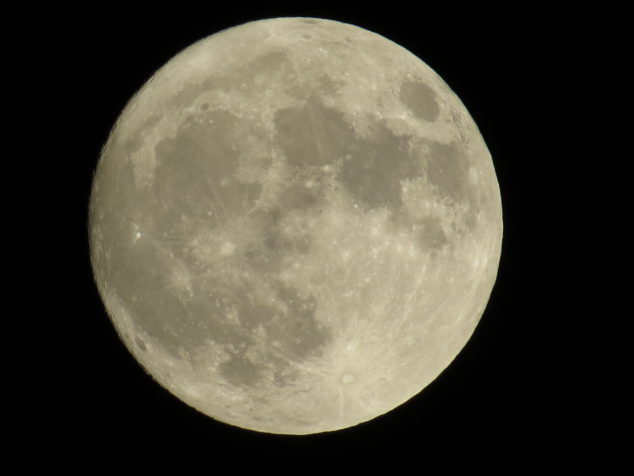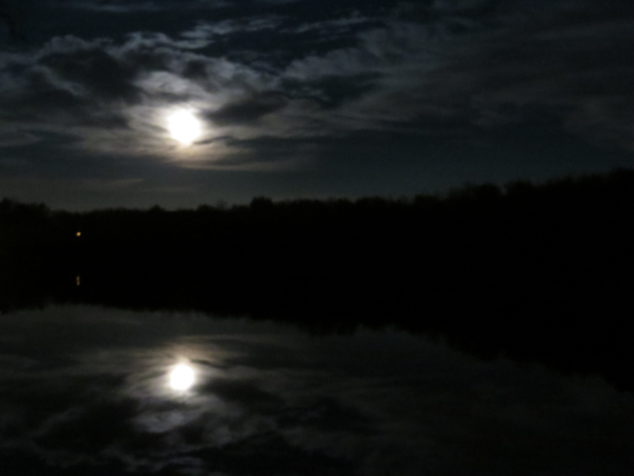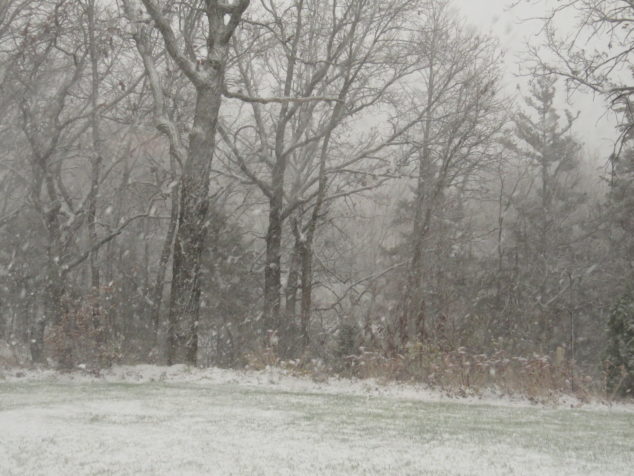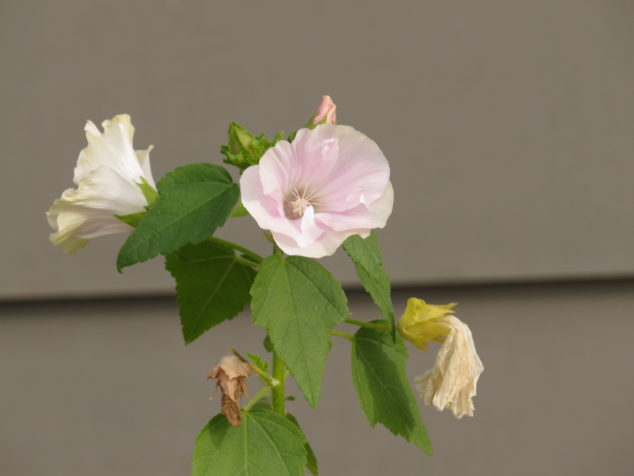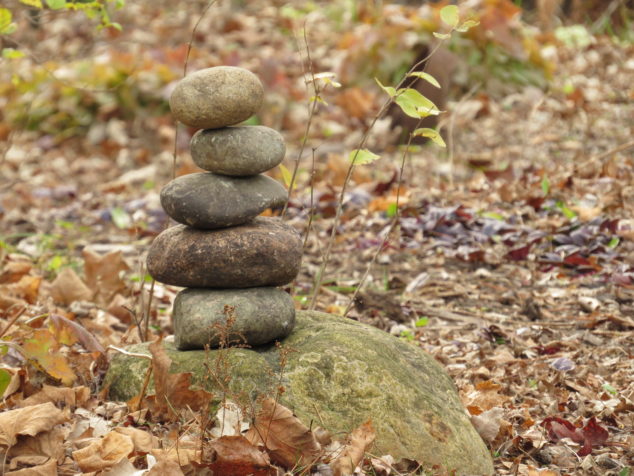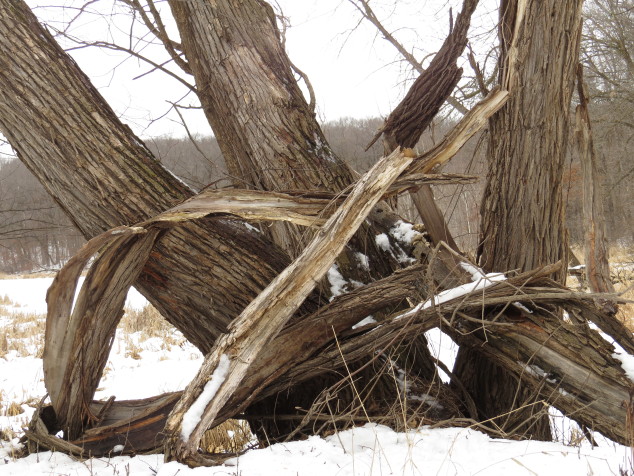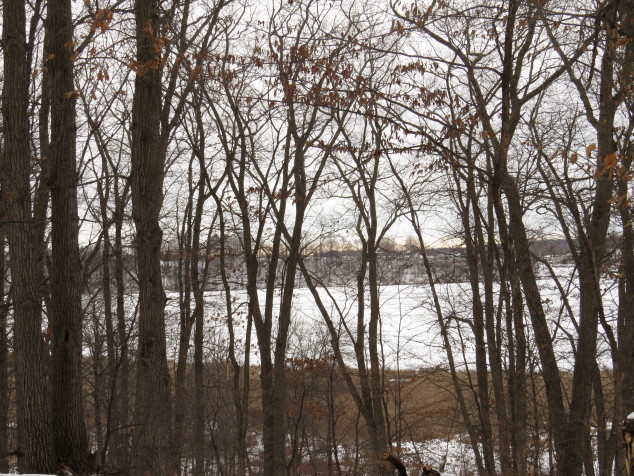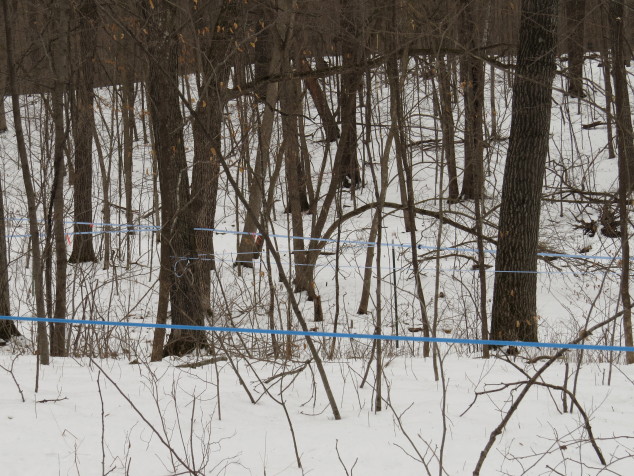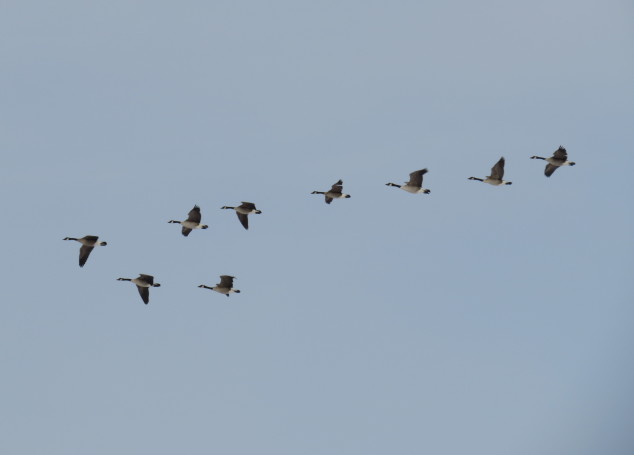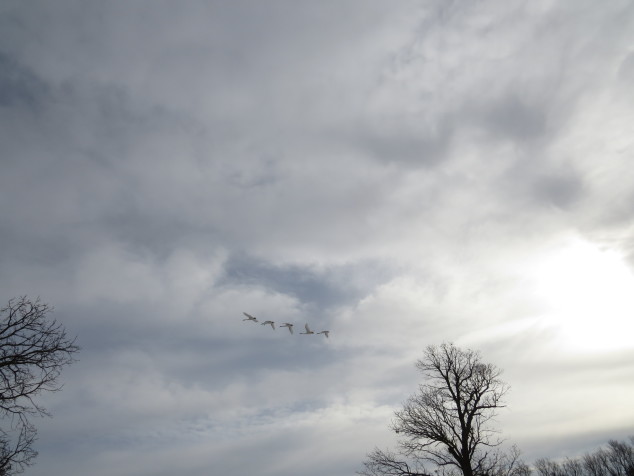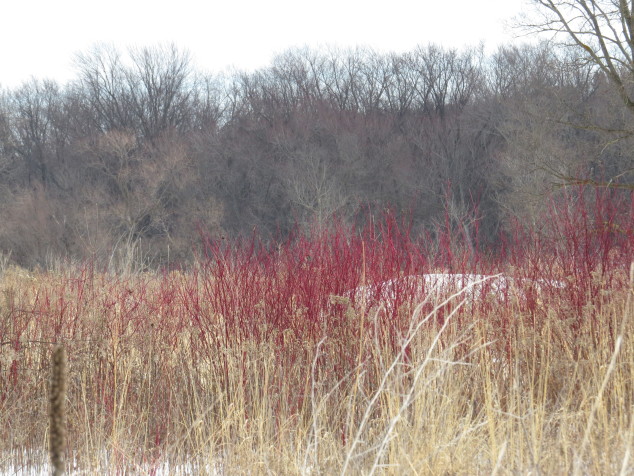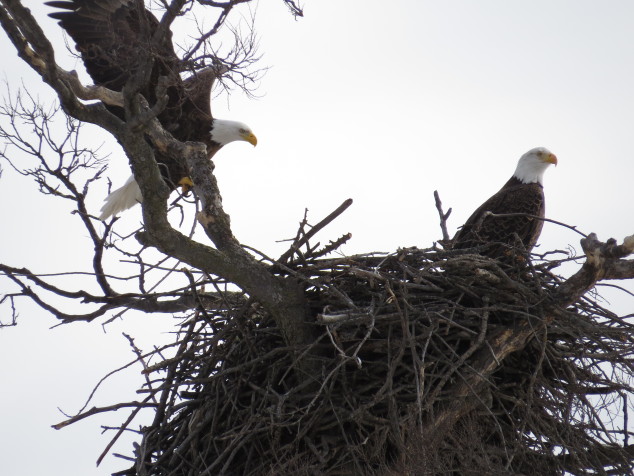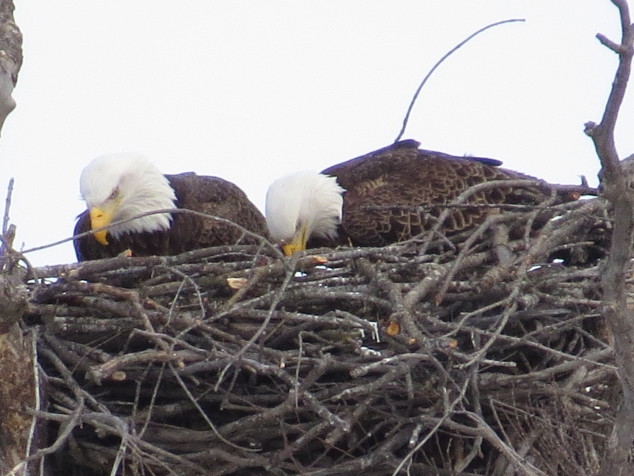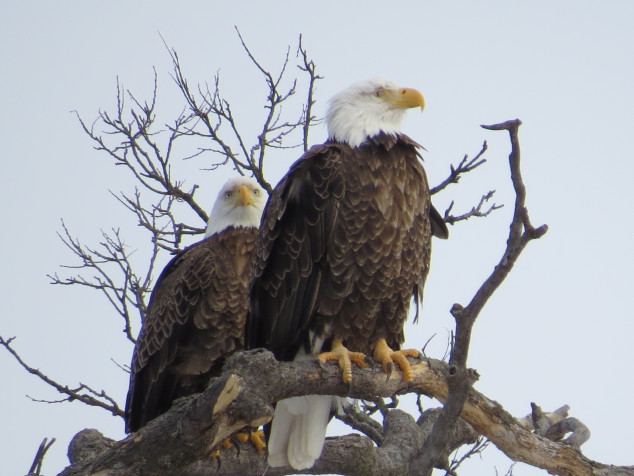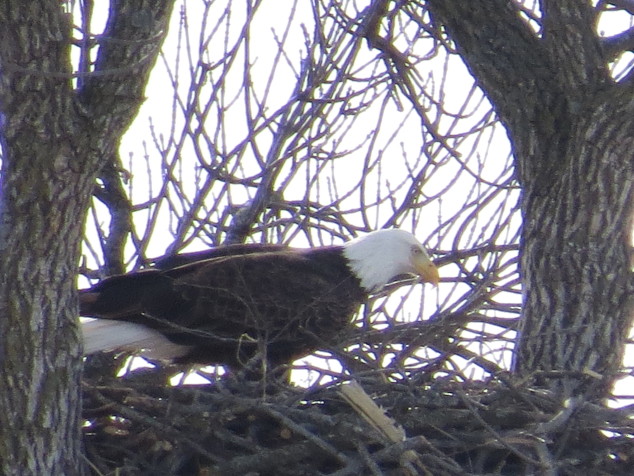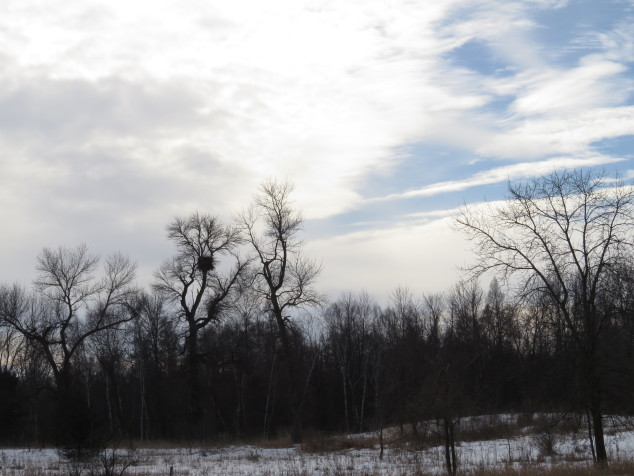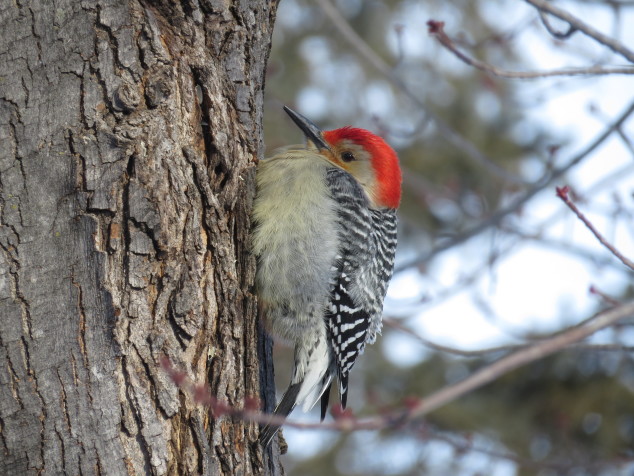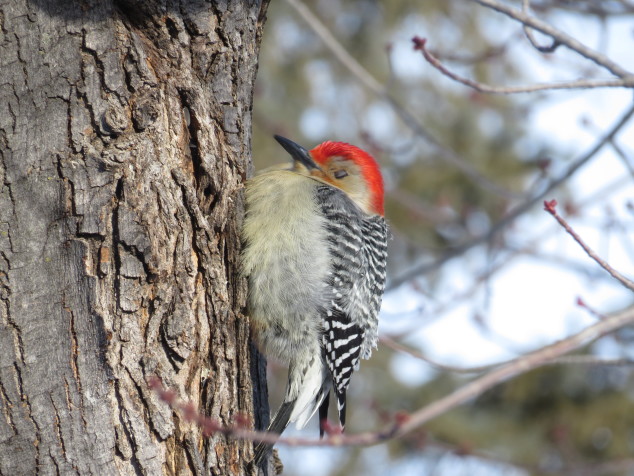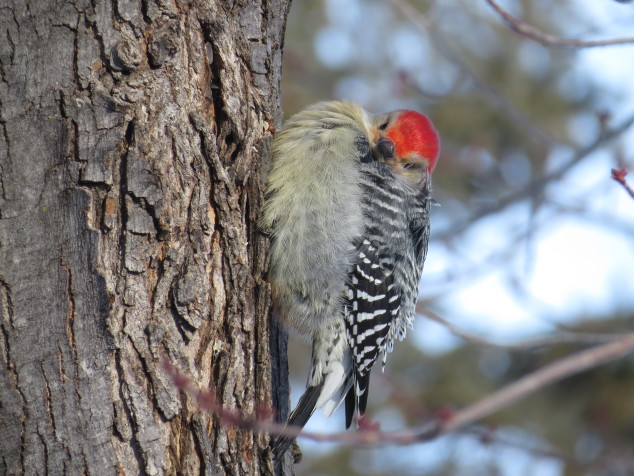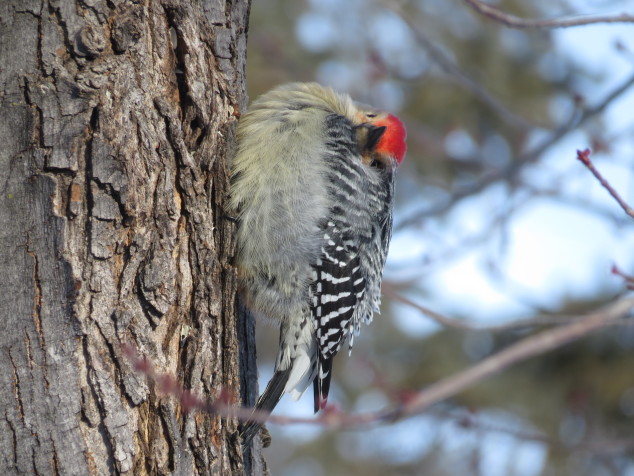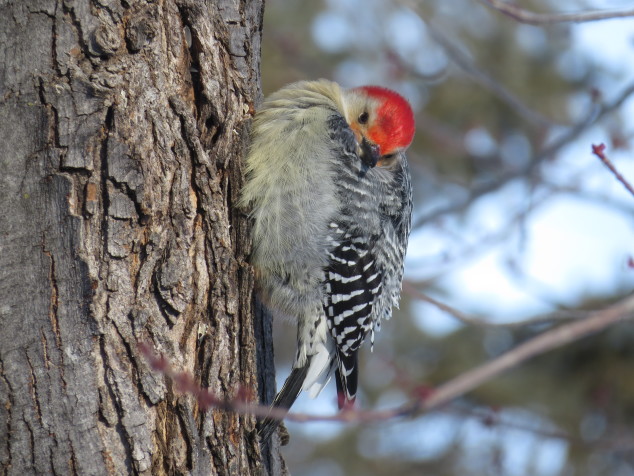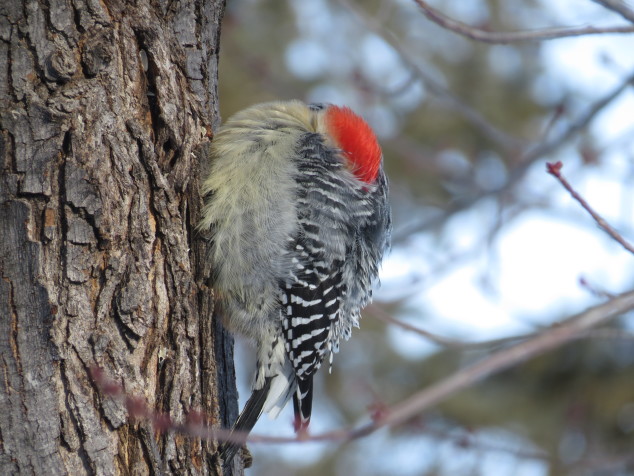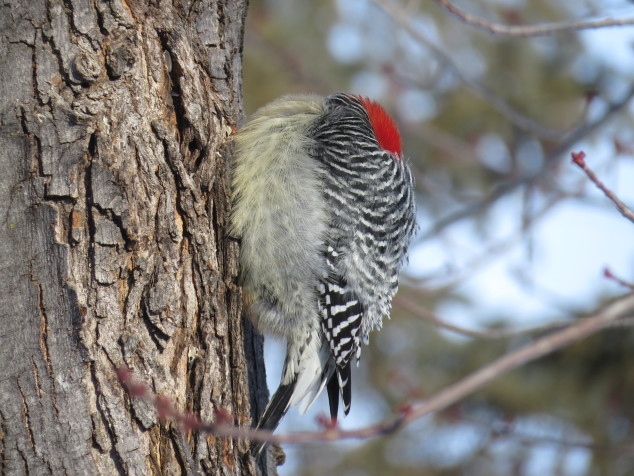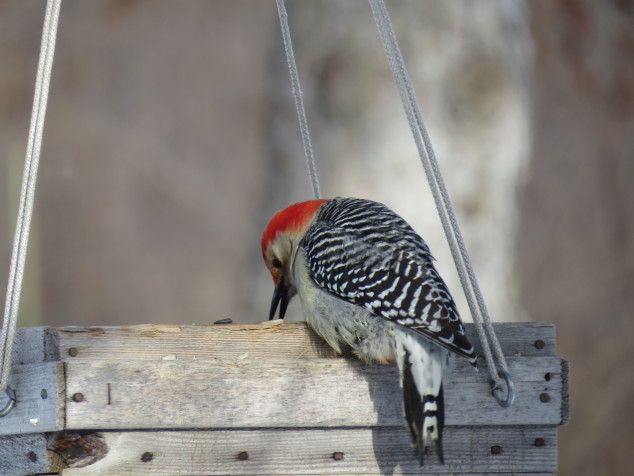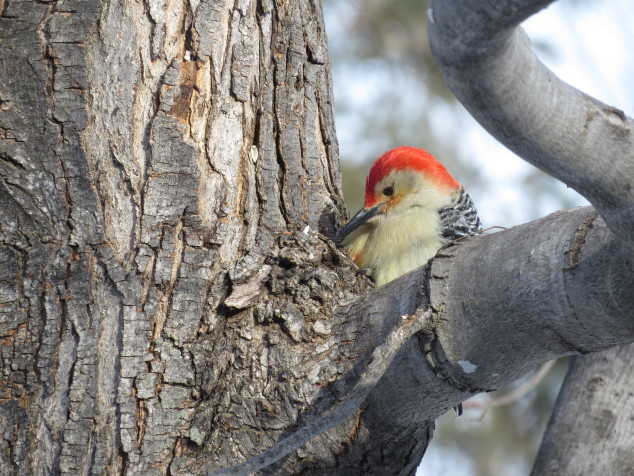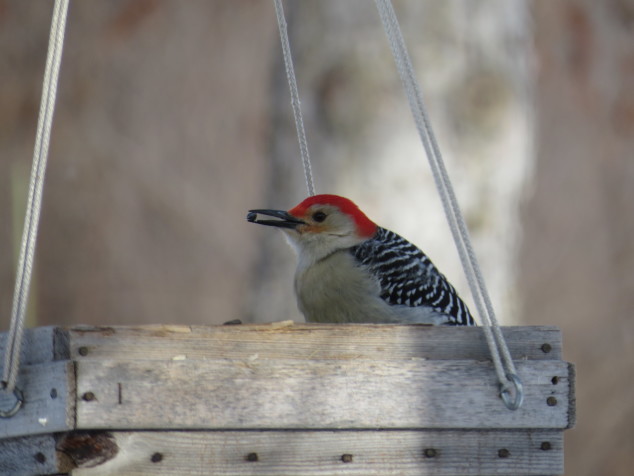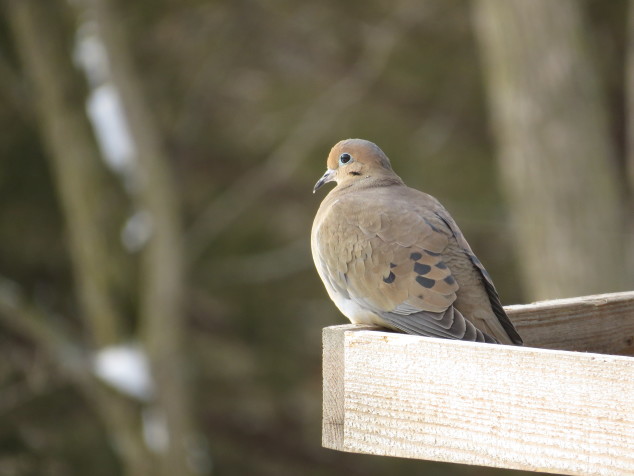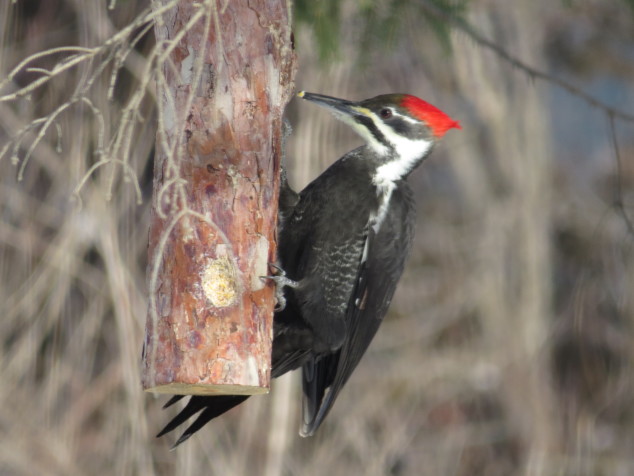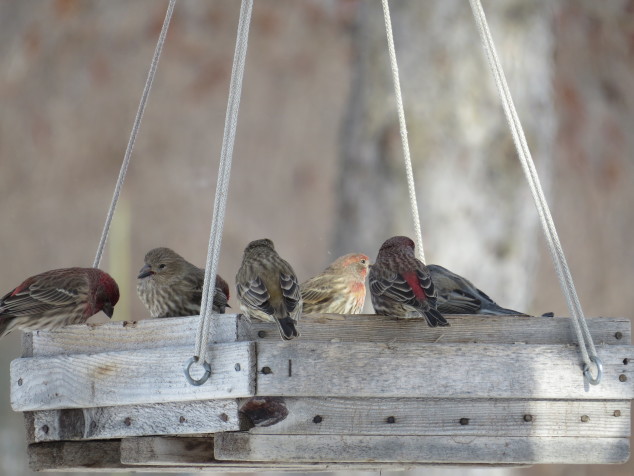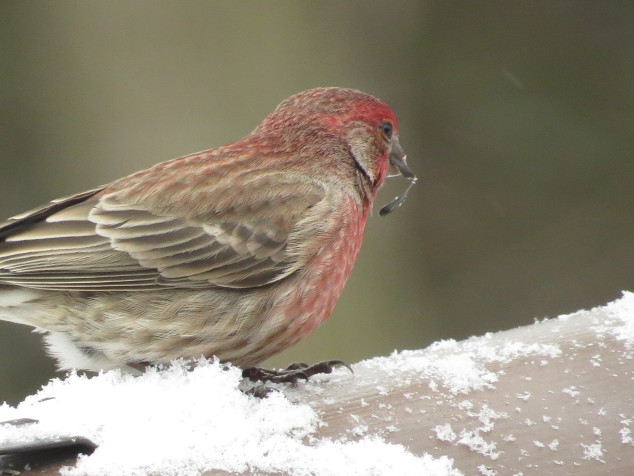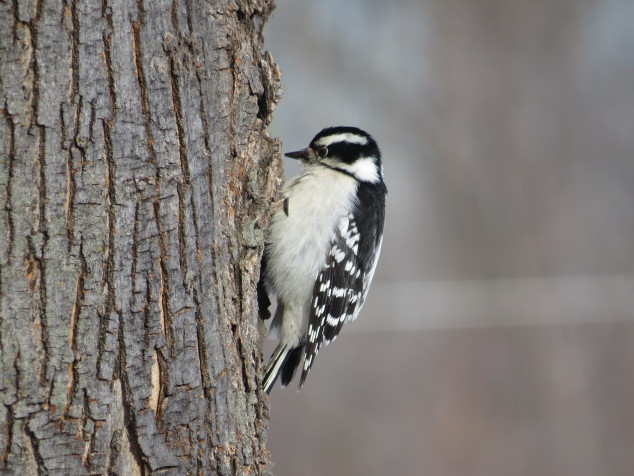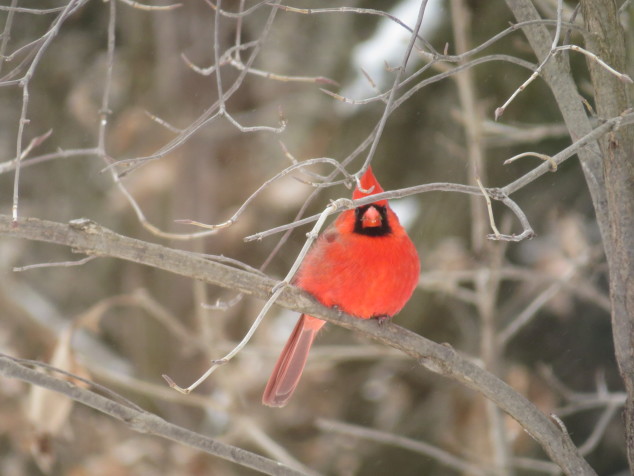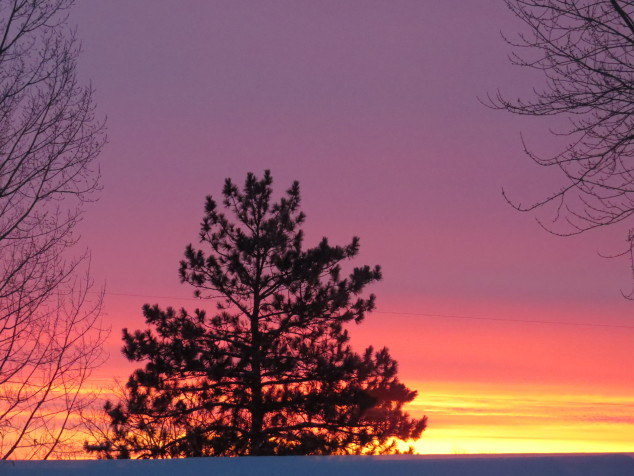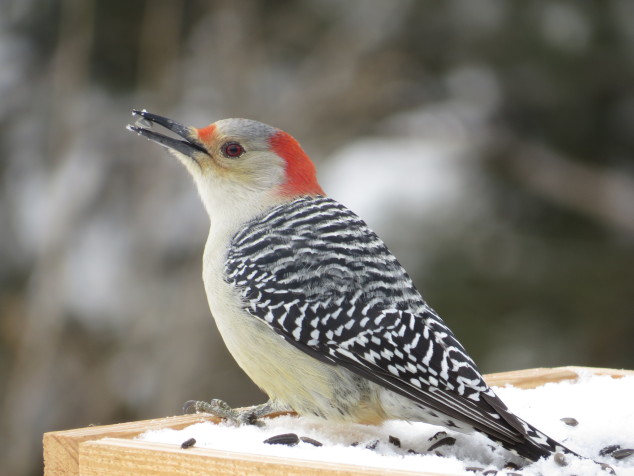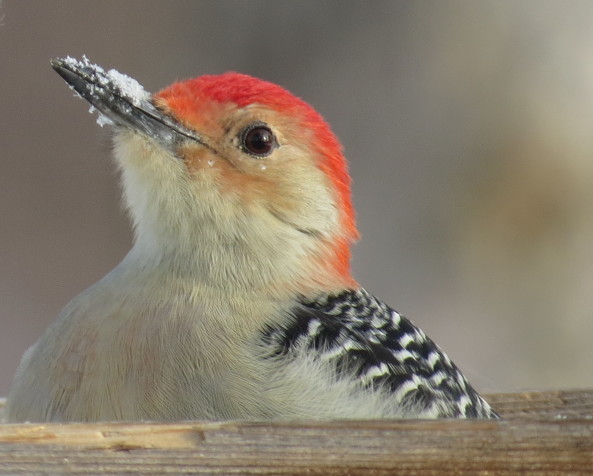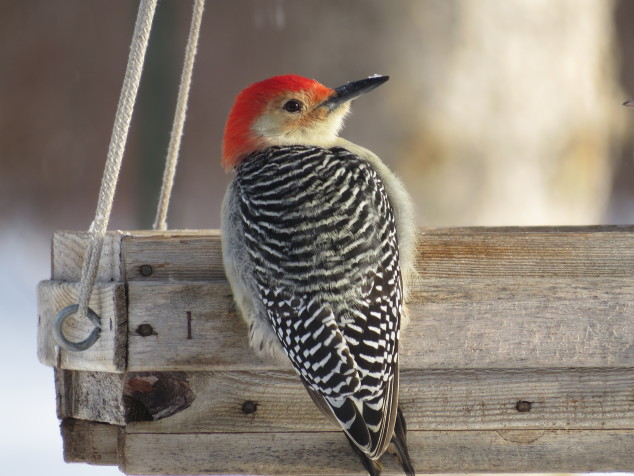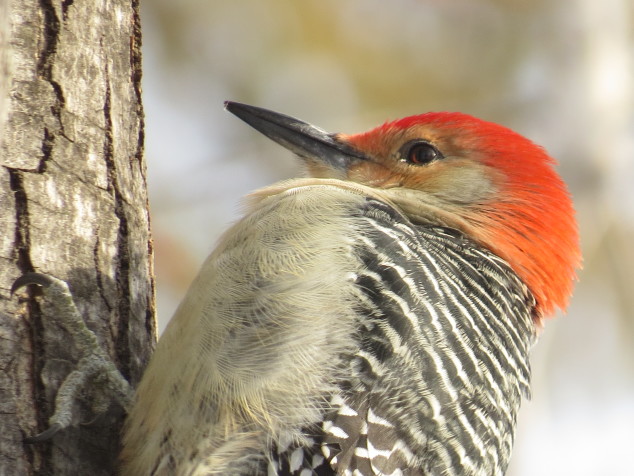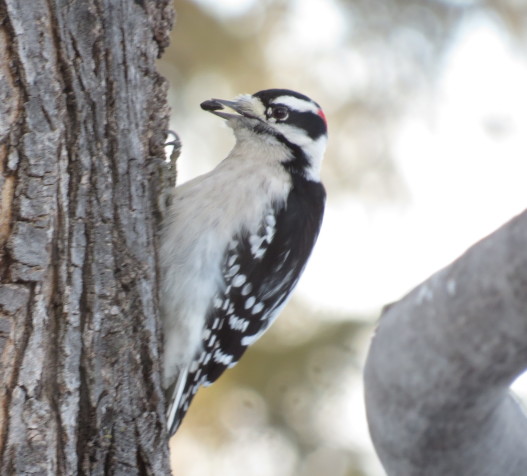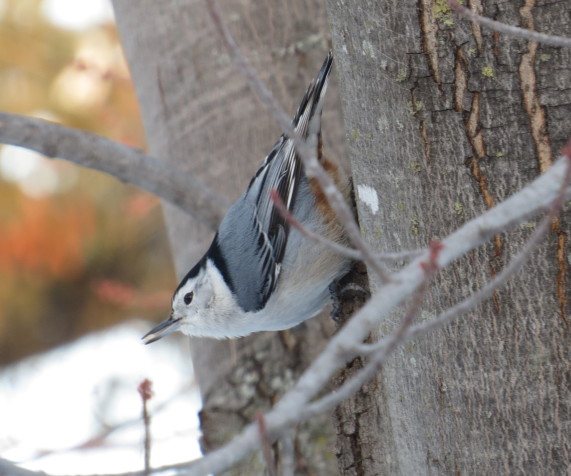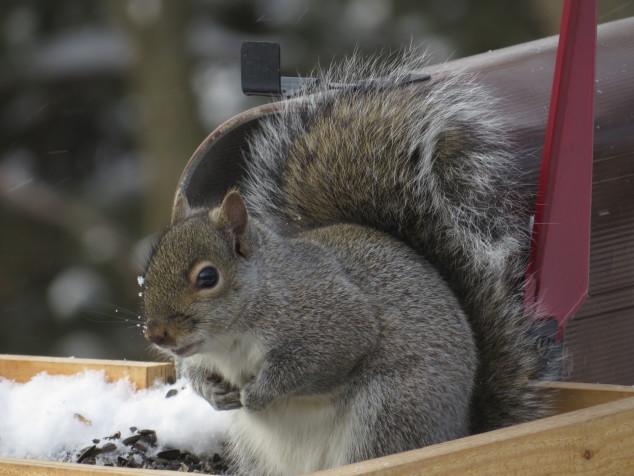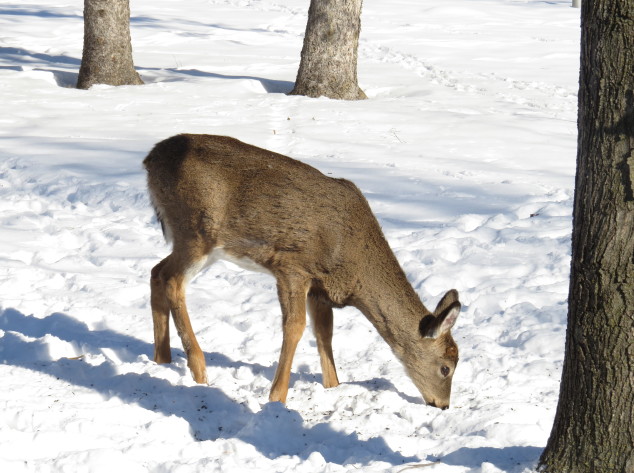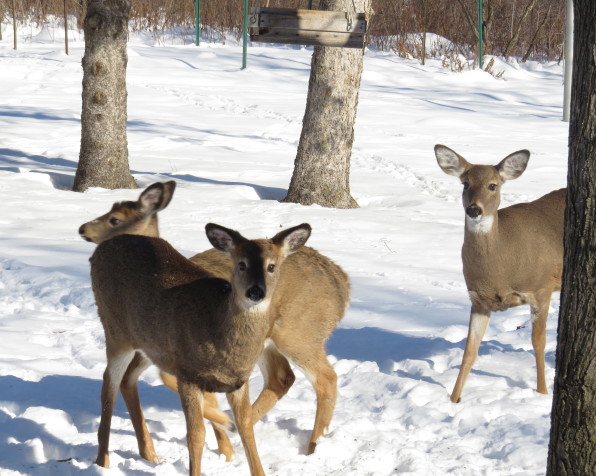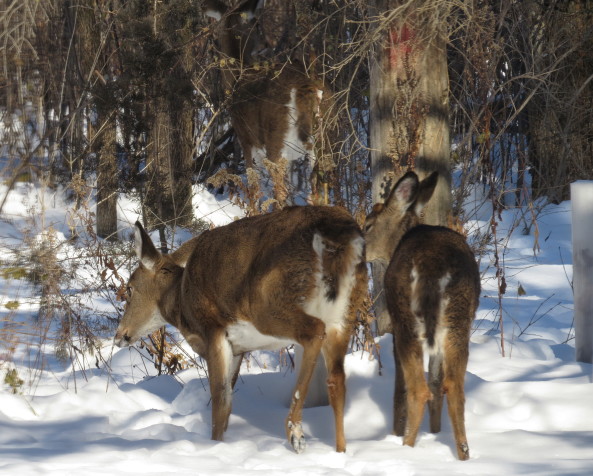How many times have you wistfully uttered the words, “This is going to be the last time….”? It seems to carry a fair amount of meaning for most of us when we are going to do something we love for the last time or see a dear one for the last time. I remember knowing my third pregnancy would be my last and thinking with great conscious intention I was not going to wish away one minute of it. It helps us savor the time and armors us with resilience, e.g., when morning sickness strikes day after day. I also know there can be great gladness, celebration, even a ‘good riddance’ when something happens for the last time when we are ready for it to be over and done.
Last Sunday I wanted to go snowshoeing, thinking it would be our ‘last time’ to do so this year. It has been a great snow year, and Chris and I have had the best snowshoeing Winter ever. And I kind of hate to see it go. Chris, however, has already crossed over into the ‘good riddance’ category for this year’s snow. It cannot melt fast enough for him (even though as I write this we are cleaning up from an April Fool’s Spring snowstorm with another one on deck for Tuesday and Wednesday.) Chris reluctantly agreed to my ‘last time,’ so we drove north a little ways to Crane Meadows National Wildlife Refuge. The parking lot was slushy and muddy and had a large puddle of standing water! (What?!) The trail had been groomed for skiing, but the sun had deteriorated the snow so much that we didn’t heed the rules to ‘stay off the tracks.’

Anything lying on the ground soaked up the warmth of the sun and sank into the ripples of mushy snow.
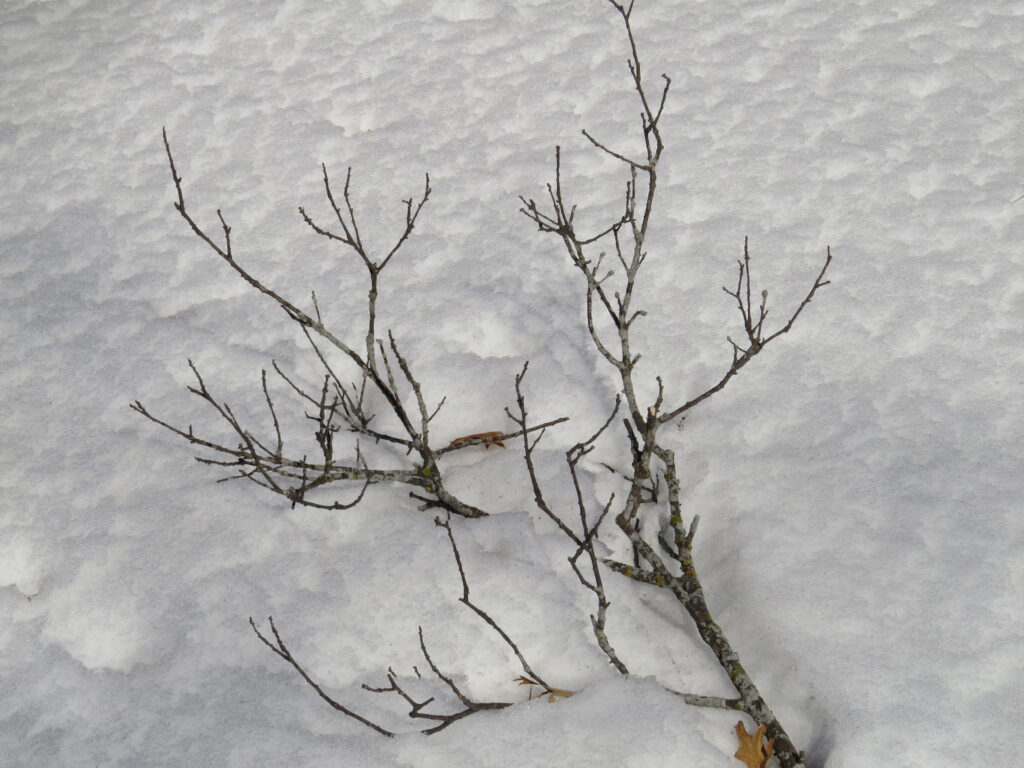
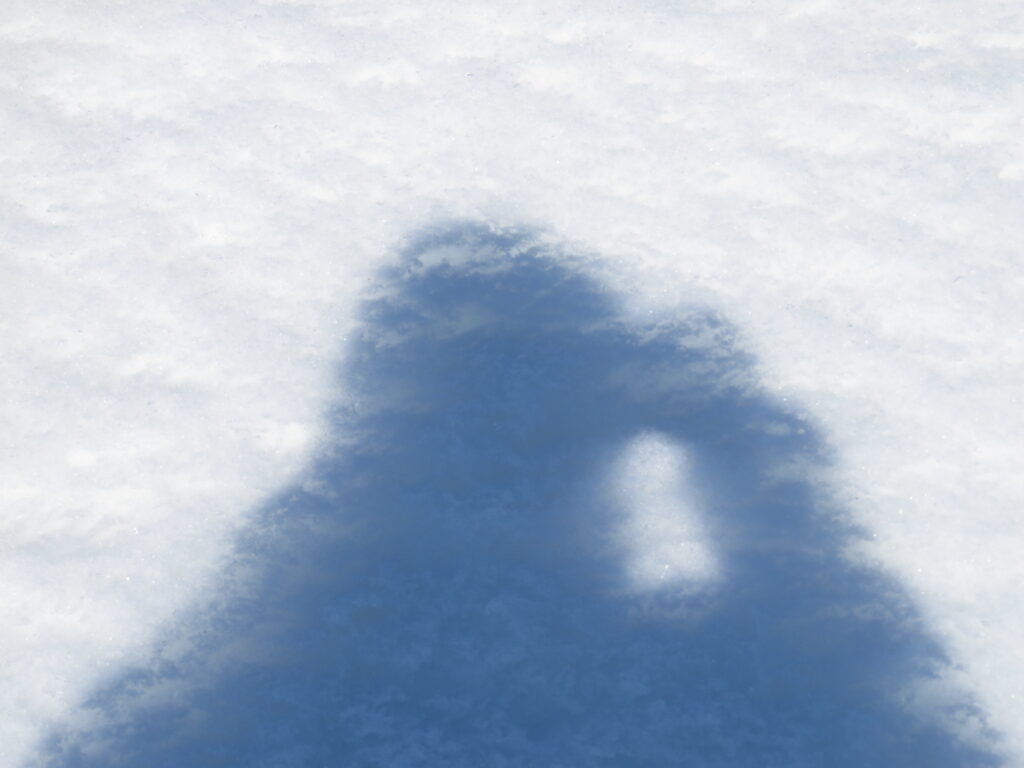
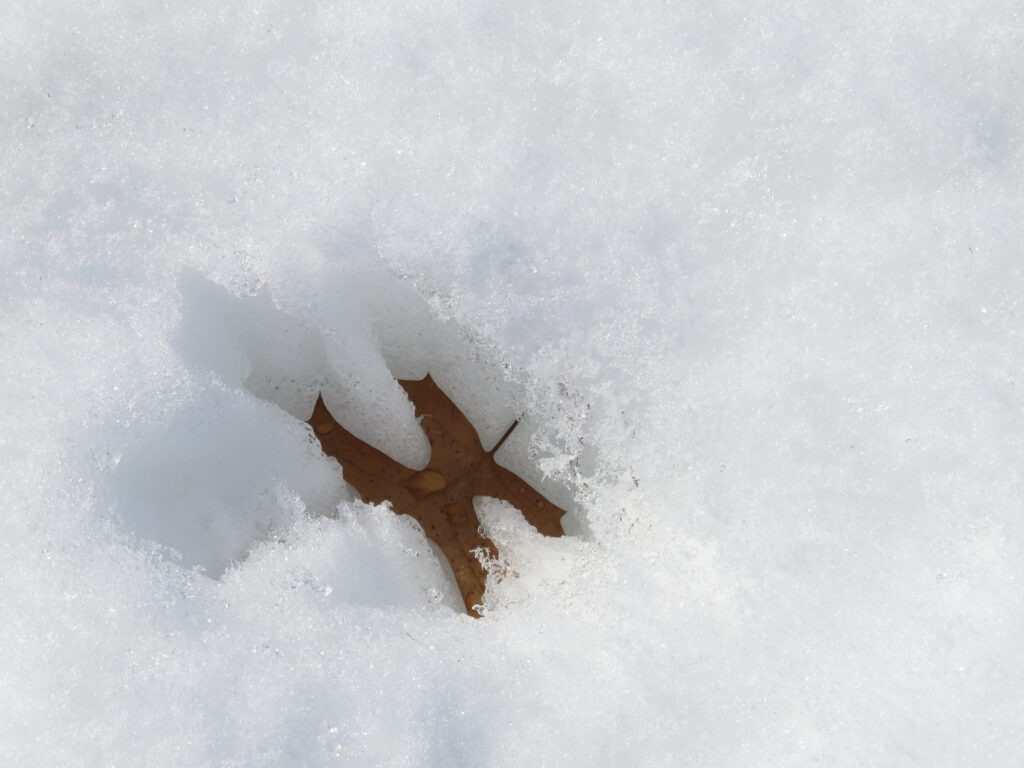
The wetness of the snow was like a drag on our snowshoes. It was a few degrees above freezing but seemed warmer in the light of the sun. We shoed toward the trio of Poplar trees that surrounds an eagle’s nest, sure that we would see the eagles busy with their egg or chick tending. But no one was home, and for the first time at the park, we didn’t see any eagles anywhere.
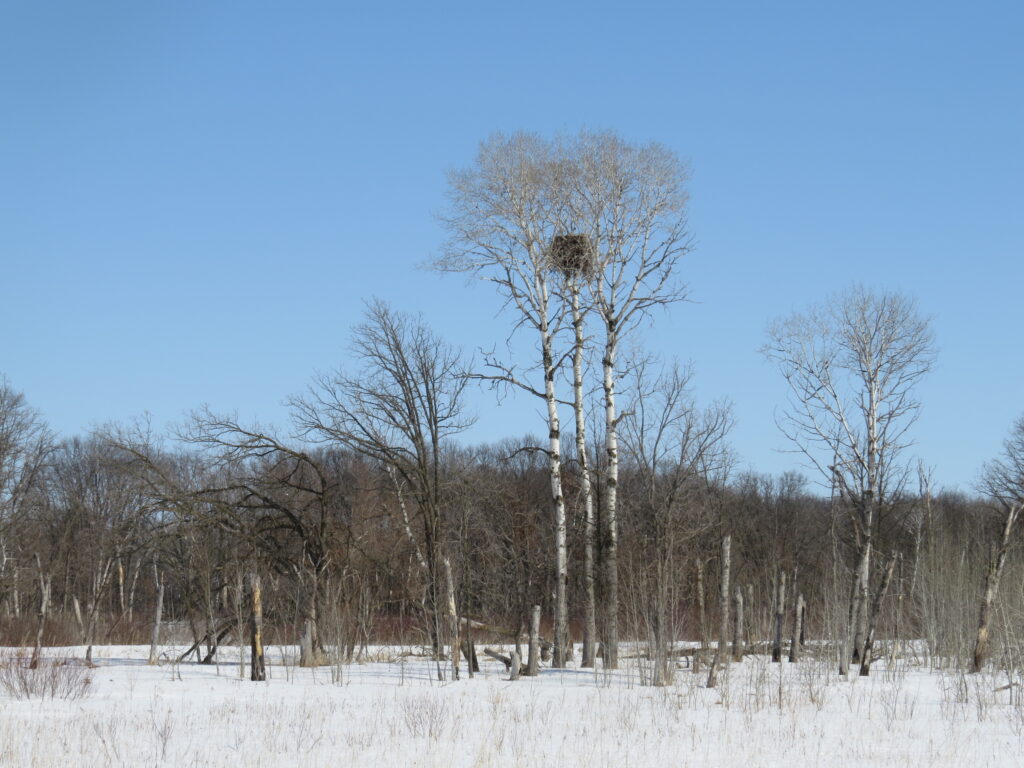
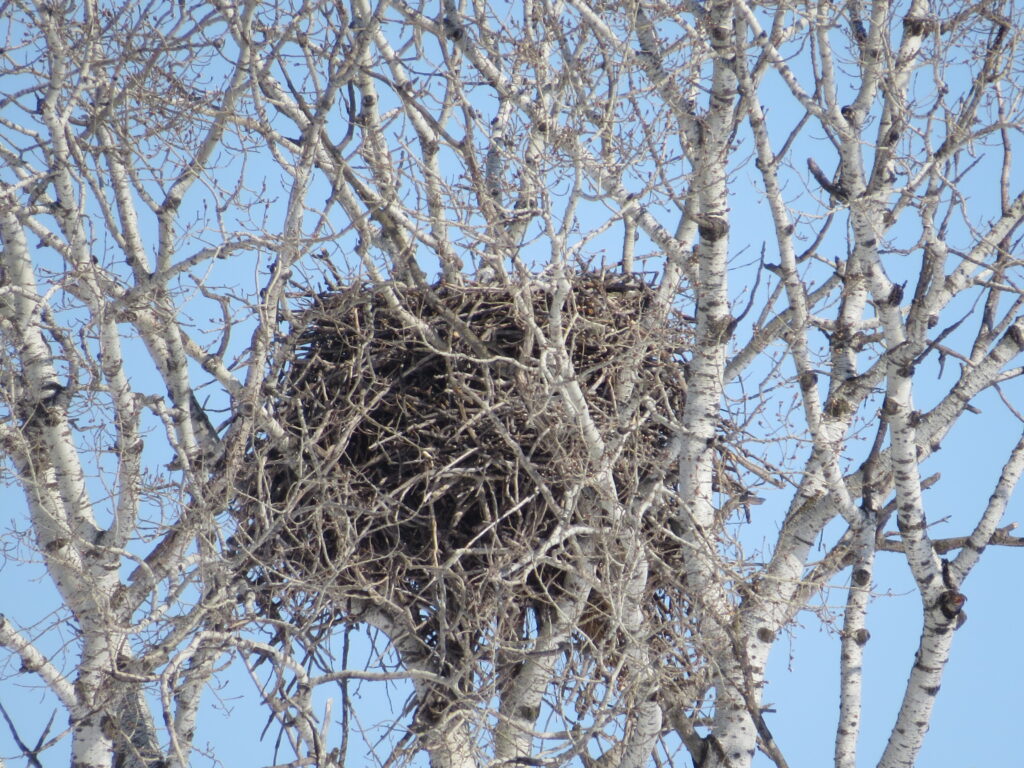
With the draggy snow, we decided to cut off a section of the trail by going cross-country. The wet-soaked snow packed with each step, so we didn’t sink in very far, but it still took more effort than going on the groomed trail.
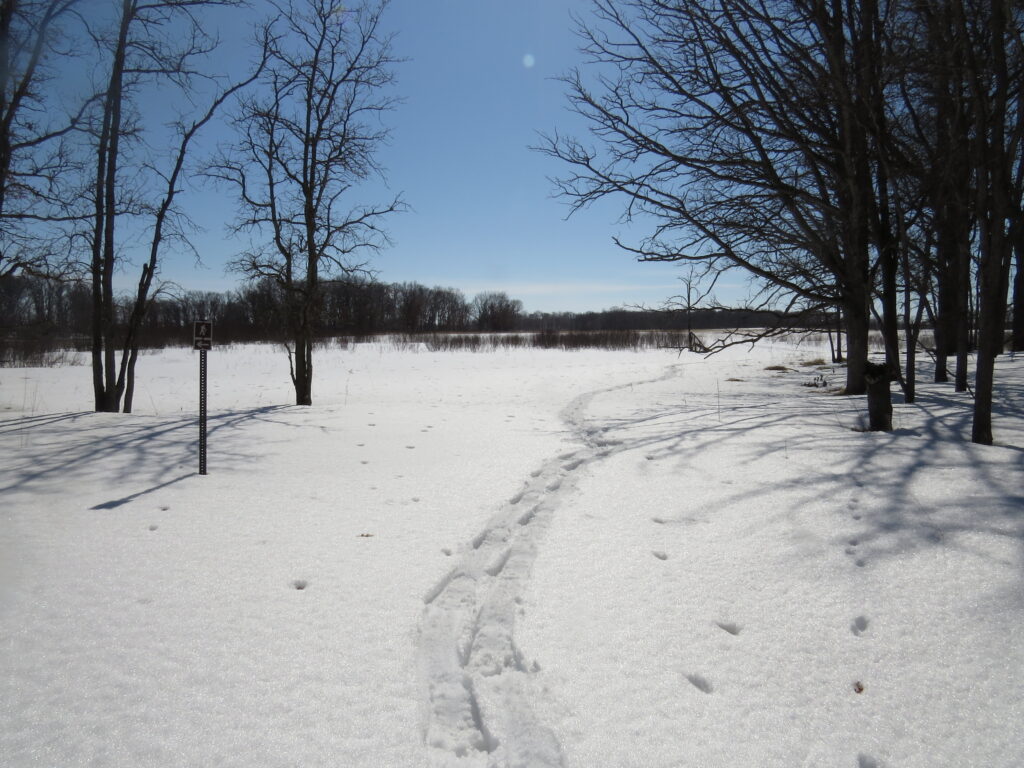
Back into the Oak savanna forest, we saw the trees that had been burned inadvertently by a prairie fire. One standing tree was burnt on the inside, making a home available for some creature. Others were burned all the way down.
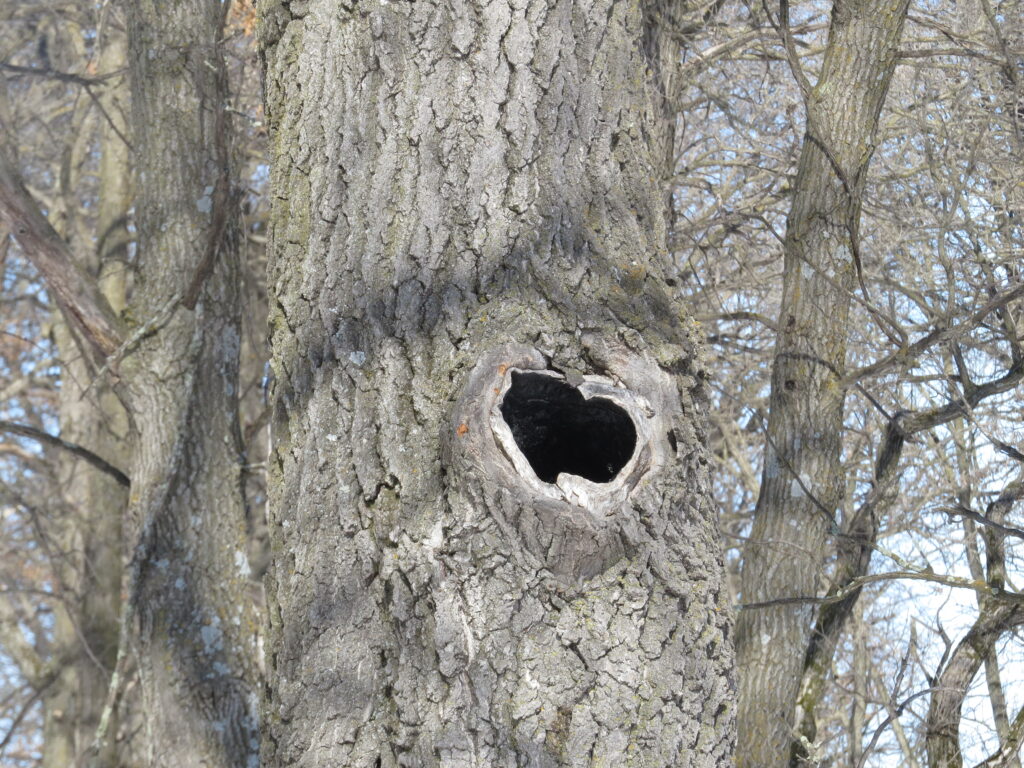
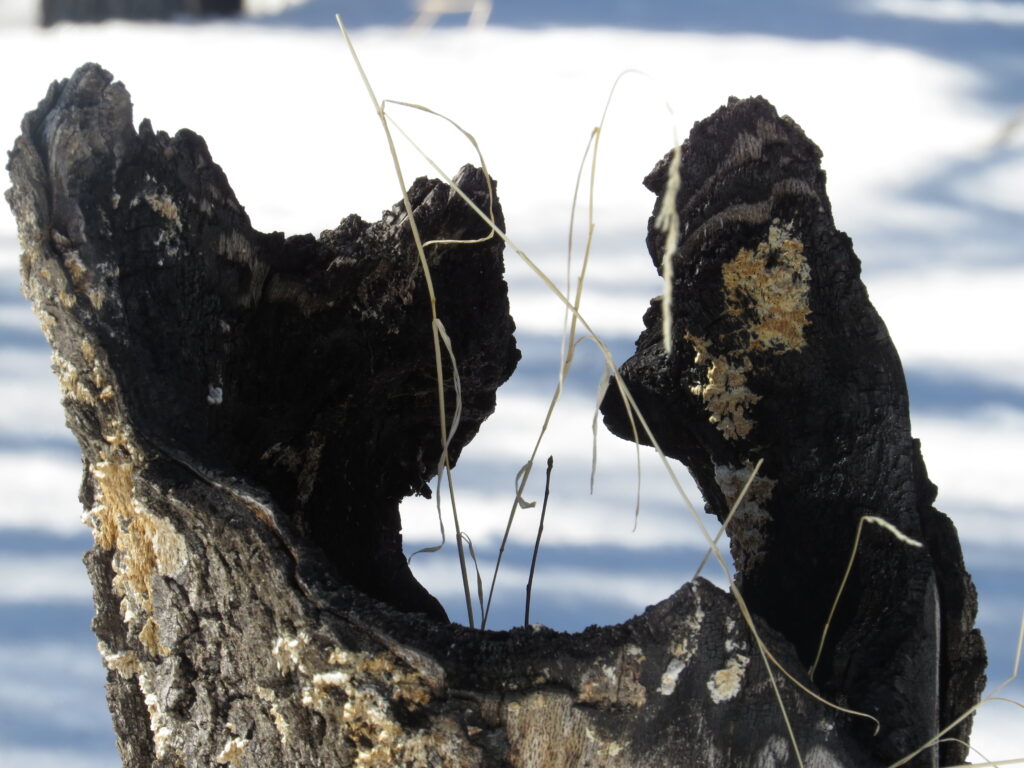
We saw lots of woodpeckers flying between the trees, but Rice Lake was still covered with ice, so no waterfowl floated or flew about.
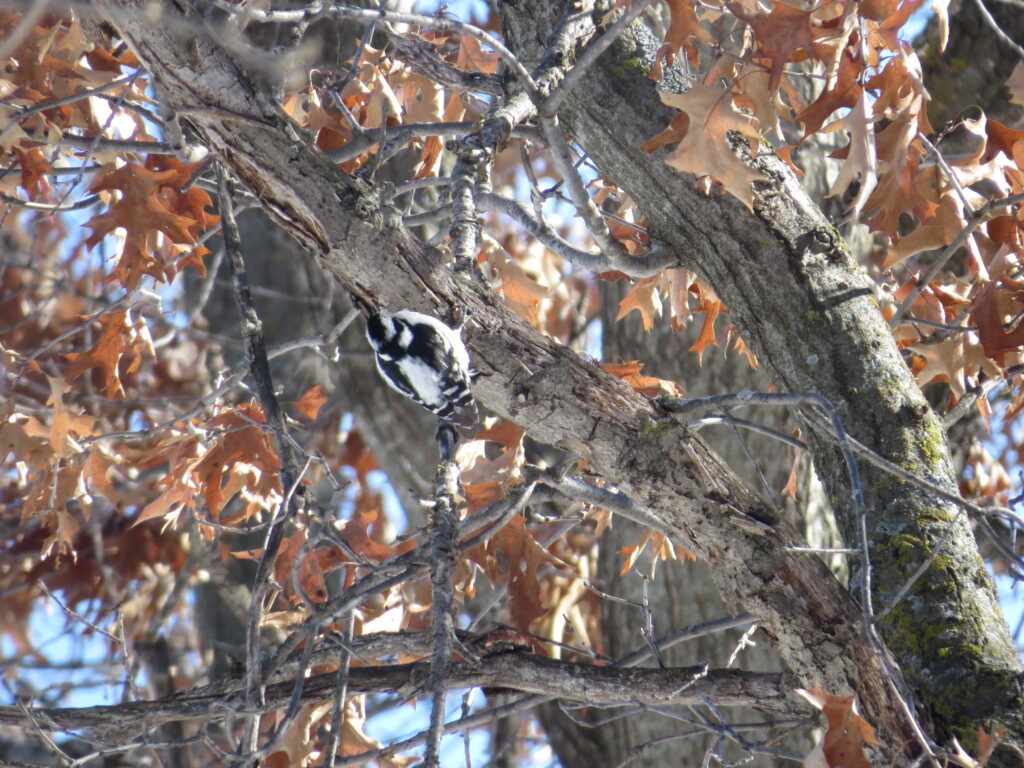
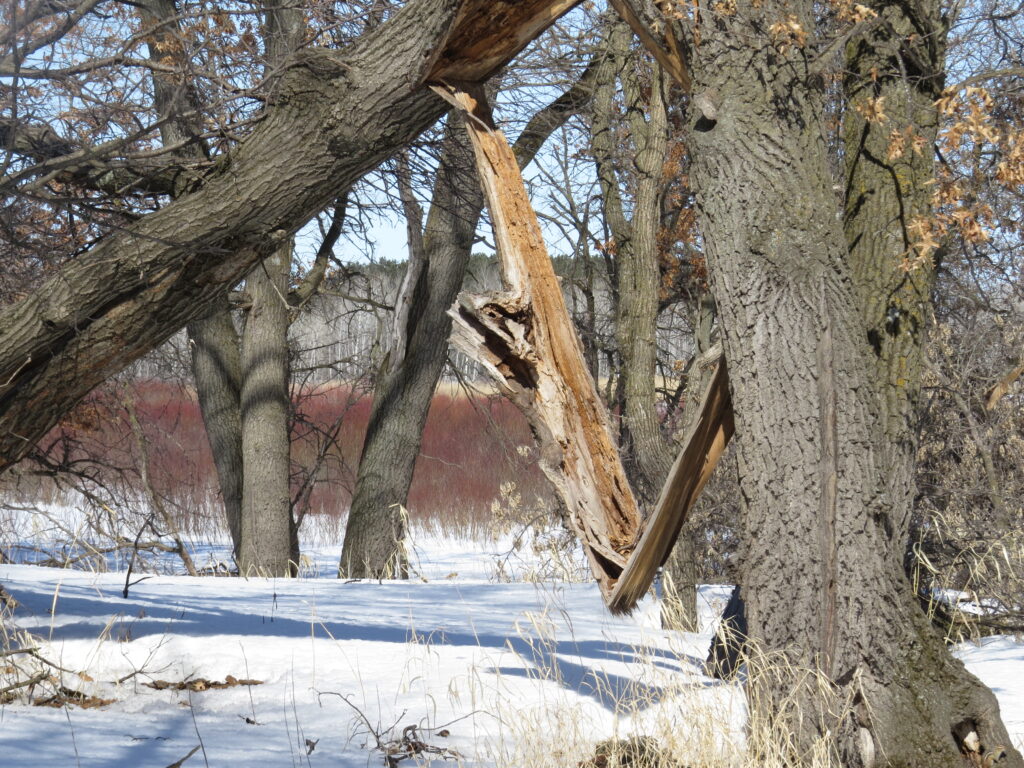
The Willows around the lake were red, but not one fuzzy gray bud was showing yet.
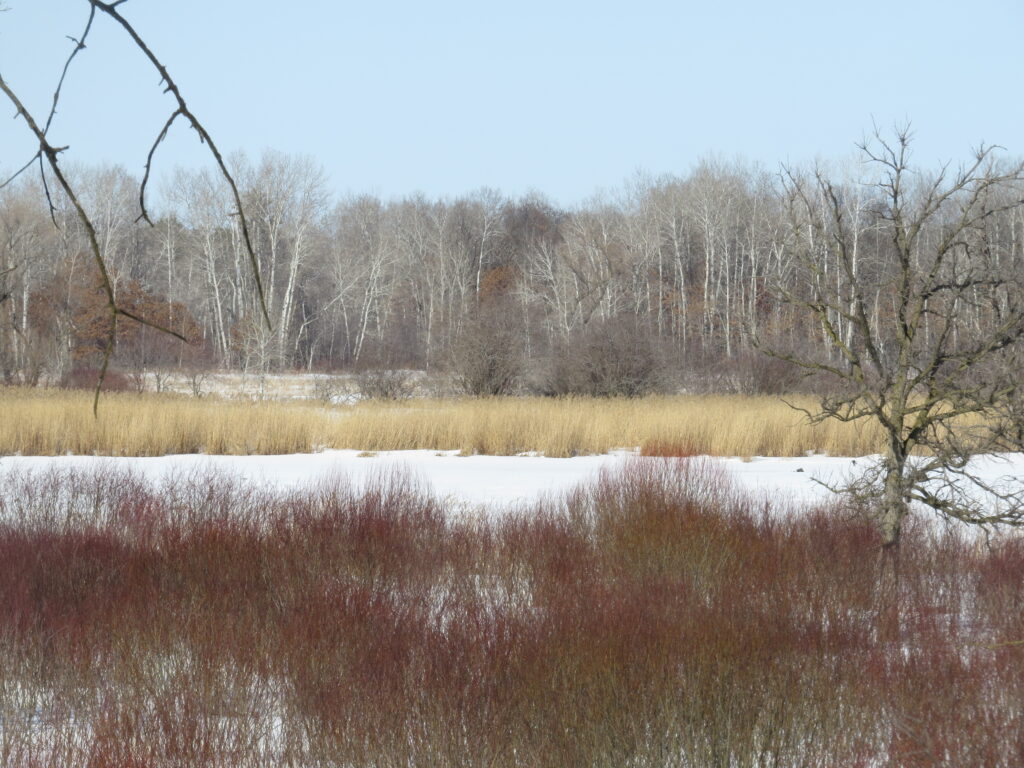
As we circled around the lake towards the Platte River that flowed from it, we realized that it, too, was still frozen with ice. I thought maybe a strip of the River would be ice-free and flowing, then wondered if that was why there were no eagles around yet.
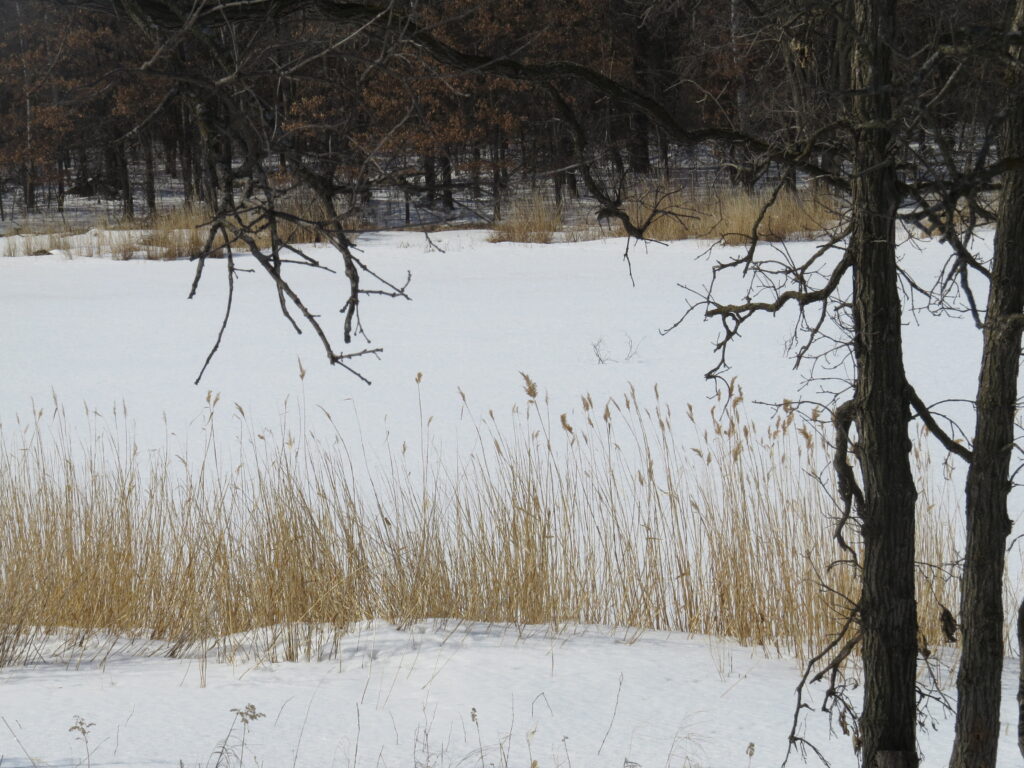
About three-quarters of the way around the looped trail, I started to falter. I would stop and rest, then go on for a short distance, then stop again. I totally ran out of gas after slugging through the wet snow for an hour and a half! Luckily I had packed a snack of pistachios and dried cranberries, so we stopped to re-fuel and get some water. While we were standing there, I saw movement in a tree by the River. There was the flat white face and pointy nose of an Opossum!
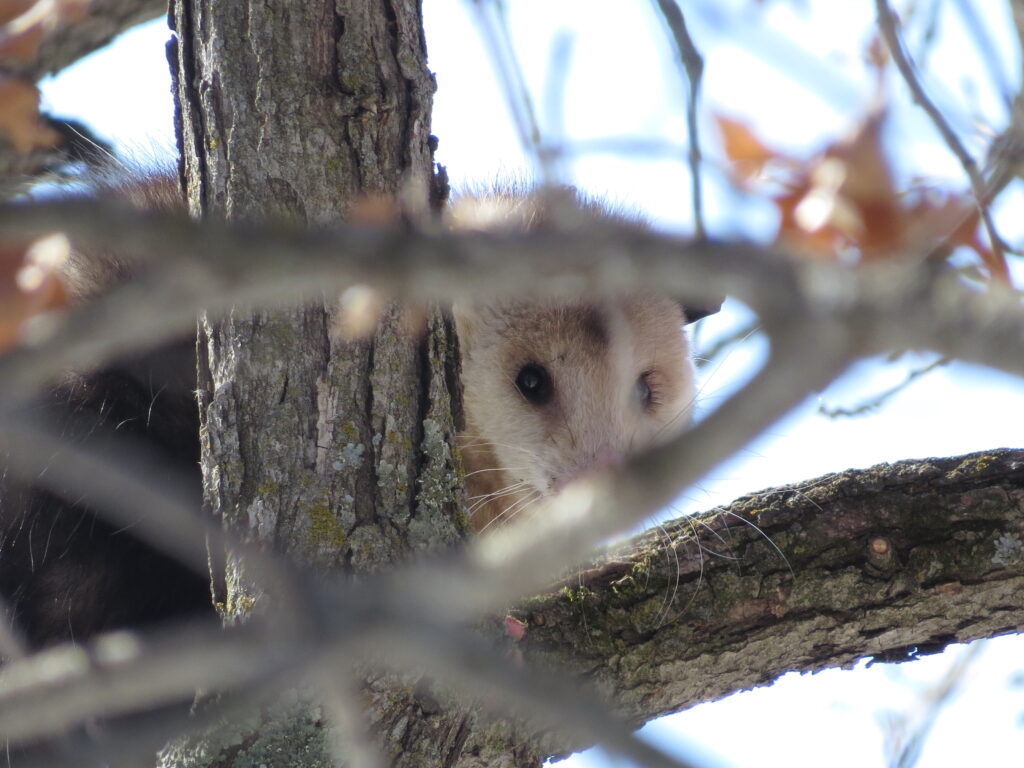
As I got closer, he tried to ‘hide’ behind the tree branch, almost like ‘if I don’t see you, you can’t see me.’
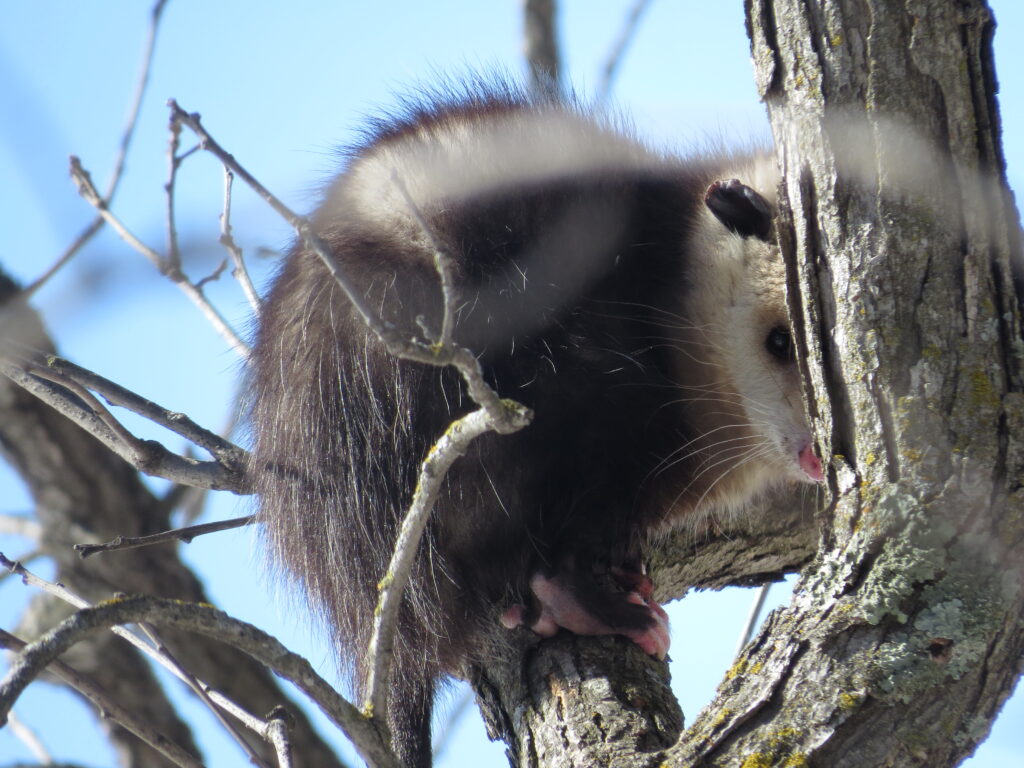
Once I circled around the tree, he realized he couldn’t hide. I noticed his frostbit tail and ears. Possums do not hibernate during the Winter, though they do find a den to stay in, so perhaps he made his Winter home in one of the burned-out trees. Their ‘bare’ tail, ears, toes, and nose are susceptible to frost bite. He probably wishes he could go south for the cold, snowy months and is most likely saying ‘good riddance’ to the last of Winter. I threw some nuts and fruit onto the snow at the base of a tree for our Minnesota marsupial.
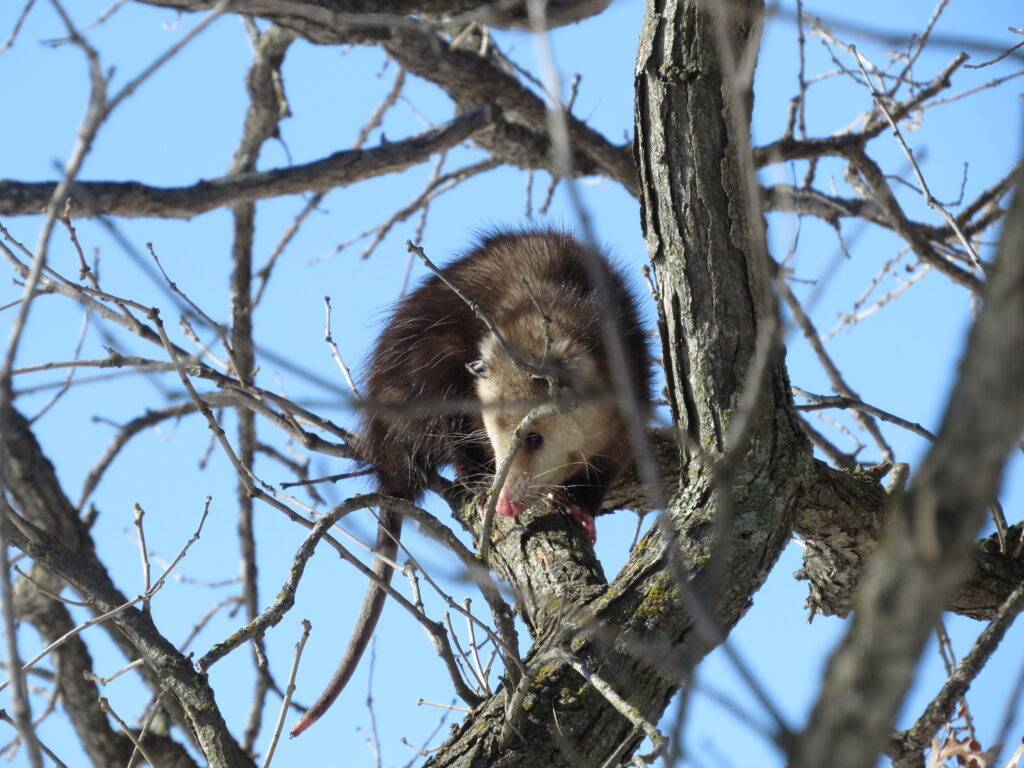
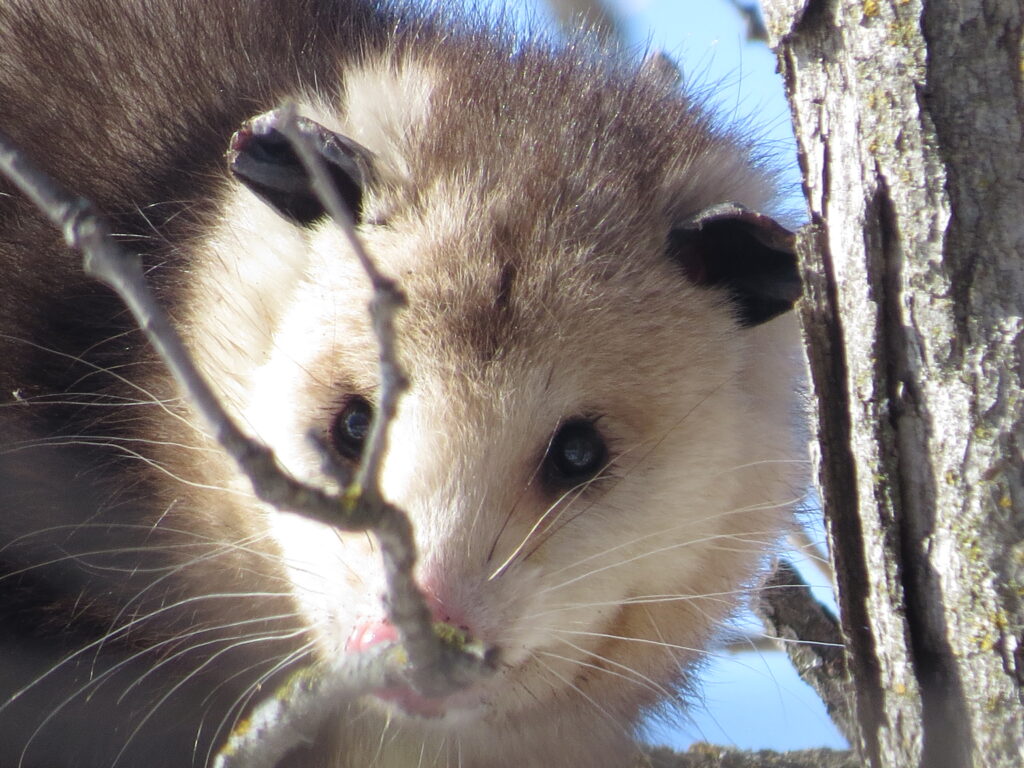
After my re-fuel, I was ready and able to finish our trek—it’s amazing how quickly food energy can replete our muscles and mitochondria. I hoped the possum would feel better after his snack, too. I was a bit concerned that the eagle’s nest was empty, but maybe our timing was wrong for this particular place. And therein lies the mystery—we never really know the timing of most things. We have trends, averages, predictions, and hopes, but the Universe is large, and we are not in charge. At the same time, we tend to ‘feel better’ thinking we are in charge, and it helps us to ‘make meaning’ of firsts and lasts. Many ‘firsts’ stay in our memories for our lifetimes—the first time we met our partners, the first time we saw our babies, our first job, car, pet, house, etc., etc.. And when we predict our ‘lasts,’ it gives us something we need at that time—gratitude for the people and things we love, resilience to get through a tough time, hope that things will be different and better soon, or hope that we can survive when things are changing against our wishes or norms. Grace gives us these ‘coping mechanisms’ that move us along the trail of time and offers us another ‘first’ when we let go of the ‘last.’
I am celebrating nine years and 476 posts since I began North Star Nature! Thanks for coming along on the trail with me! (Not the last time!)
